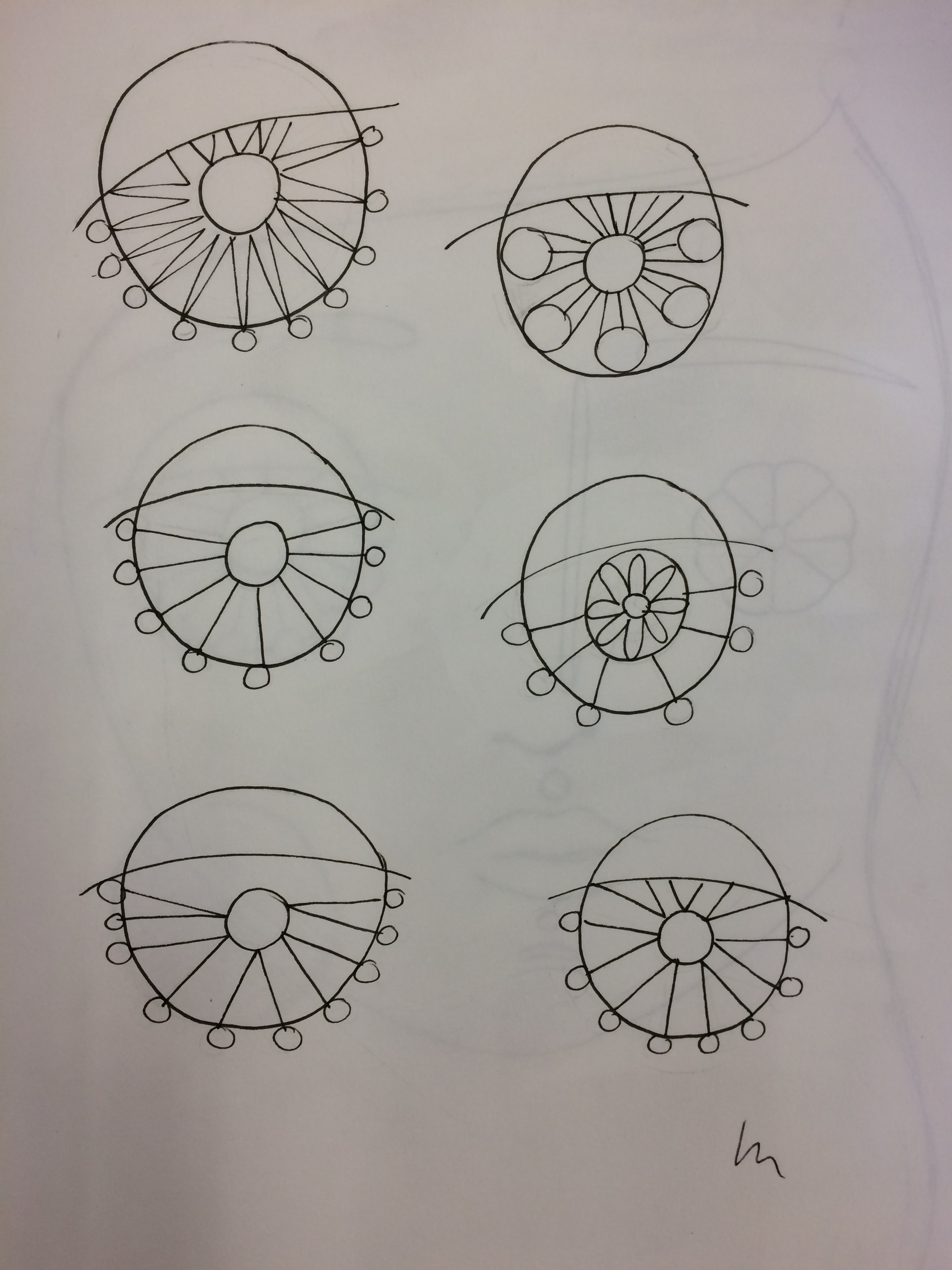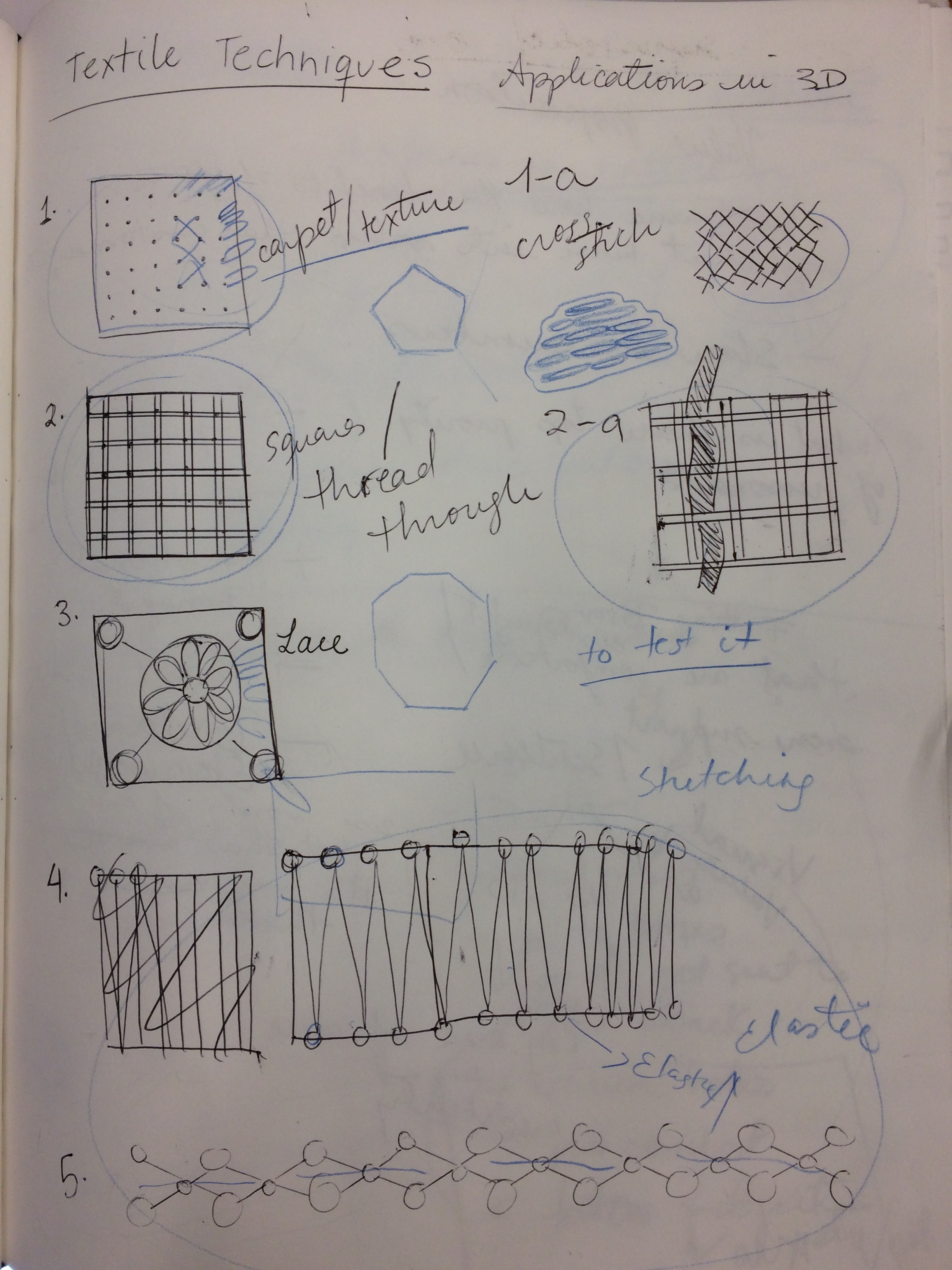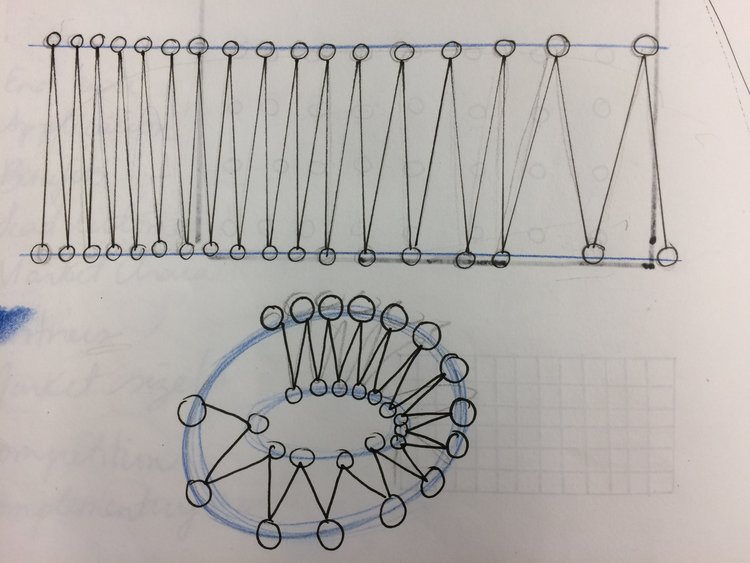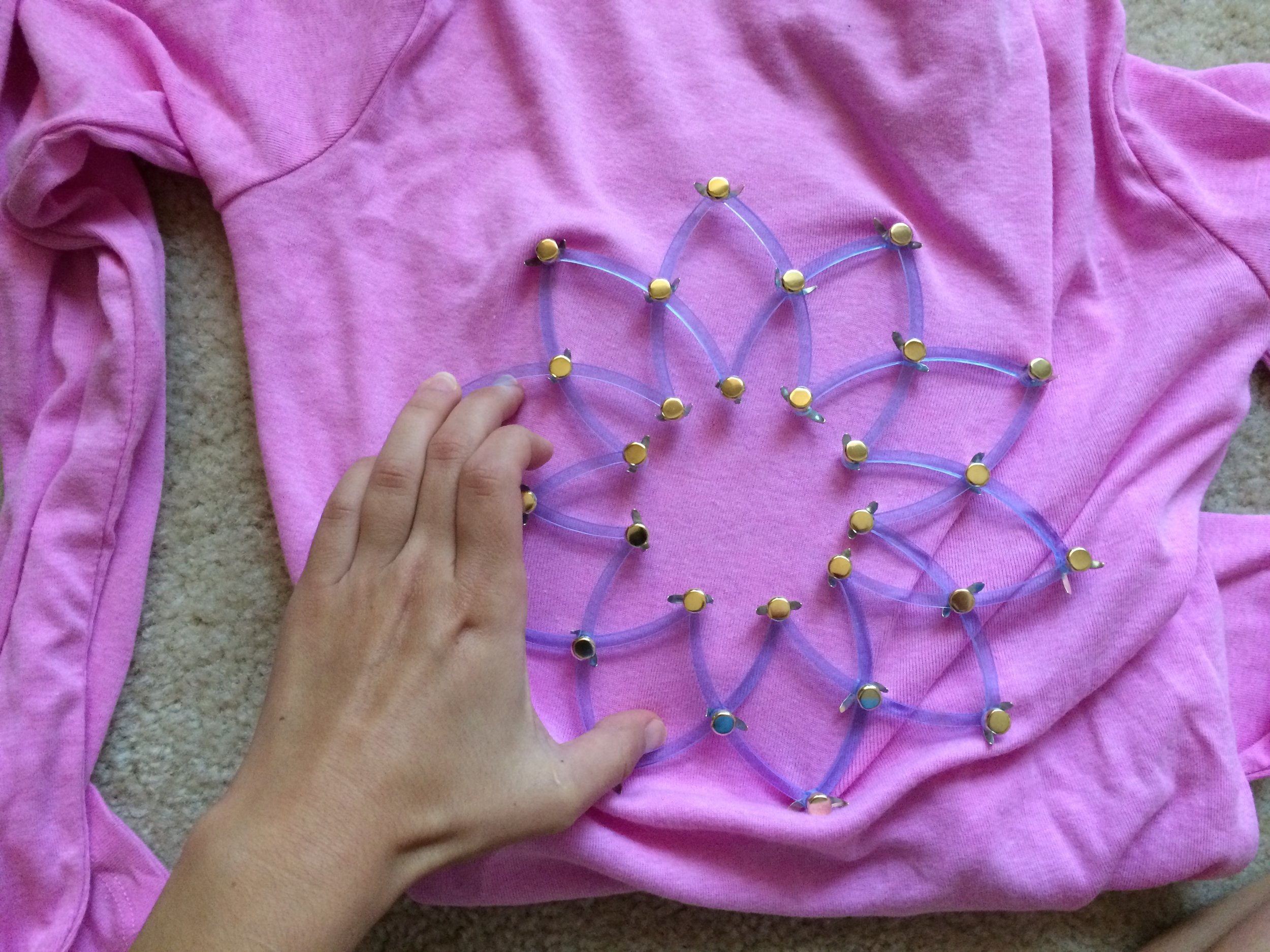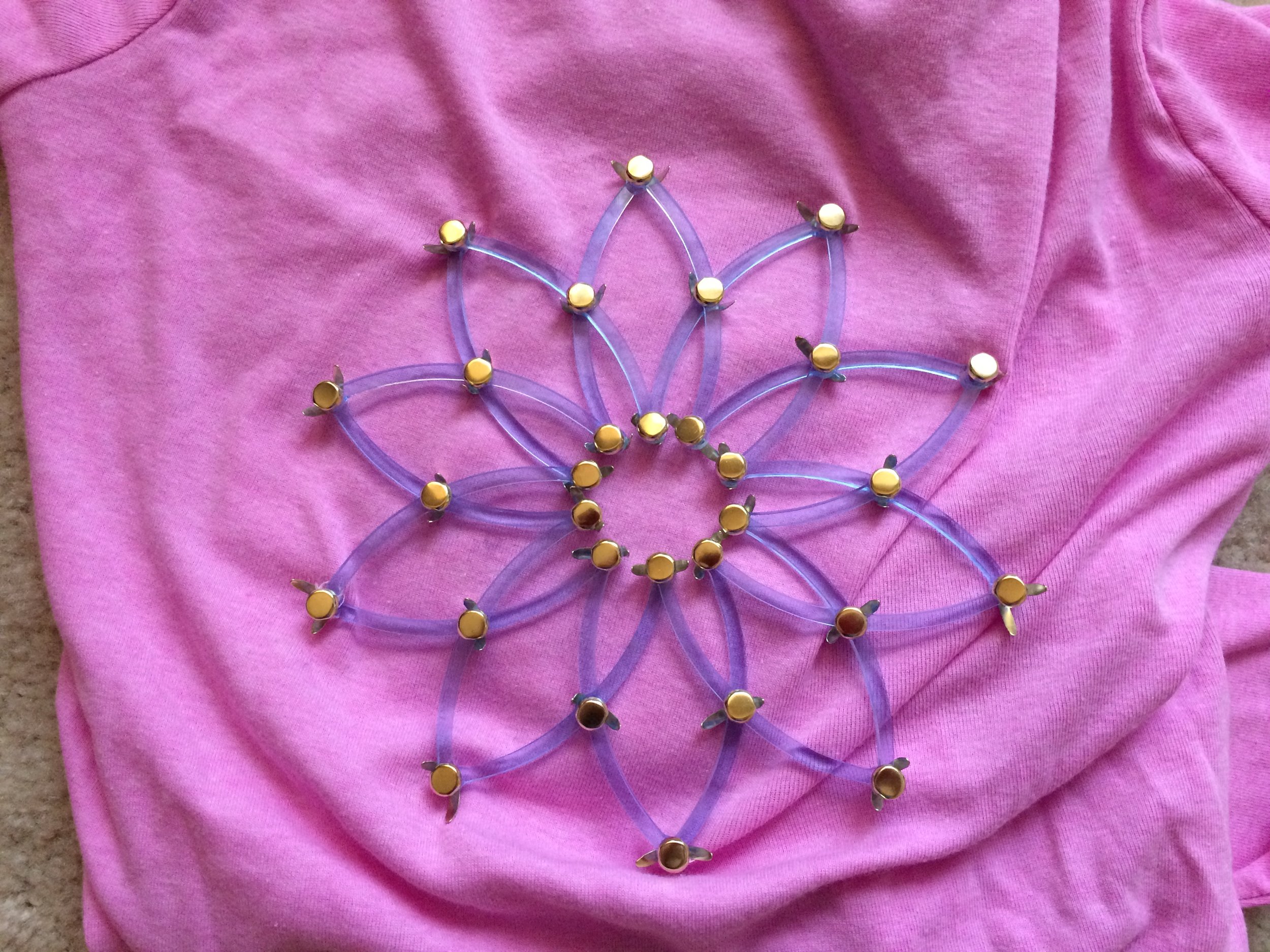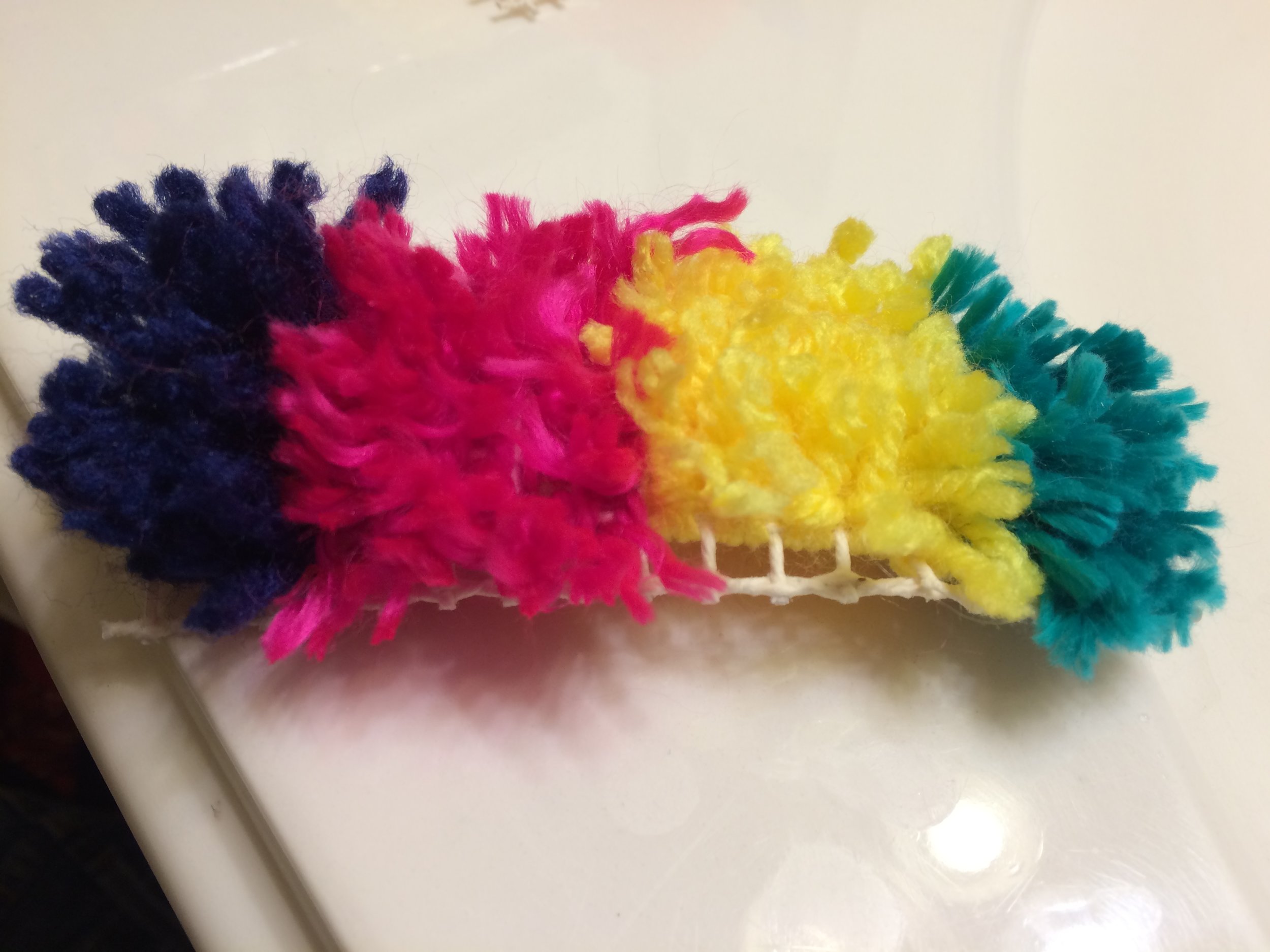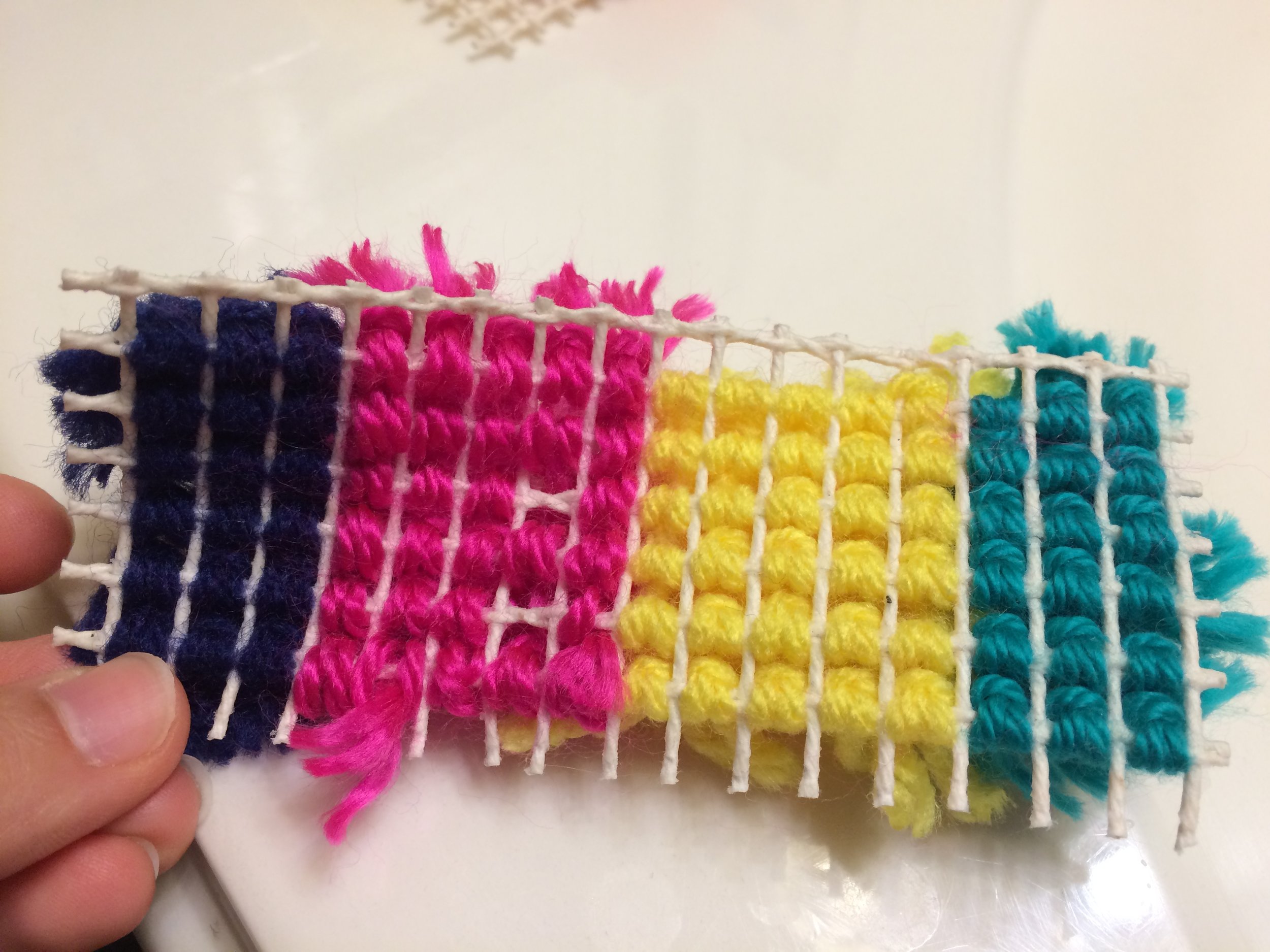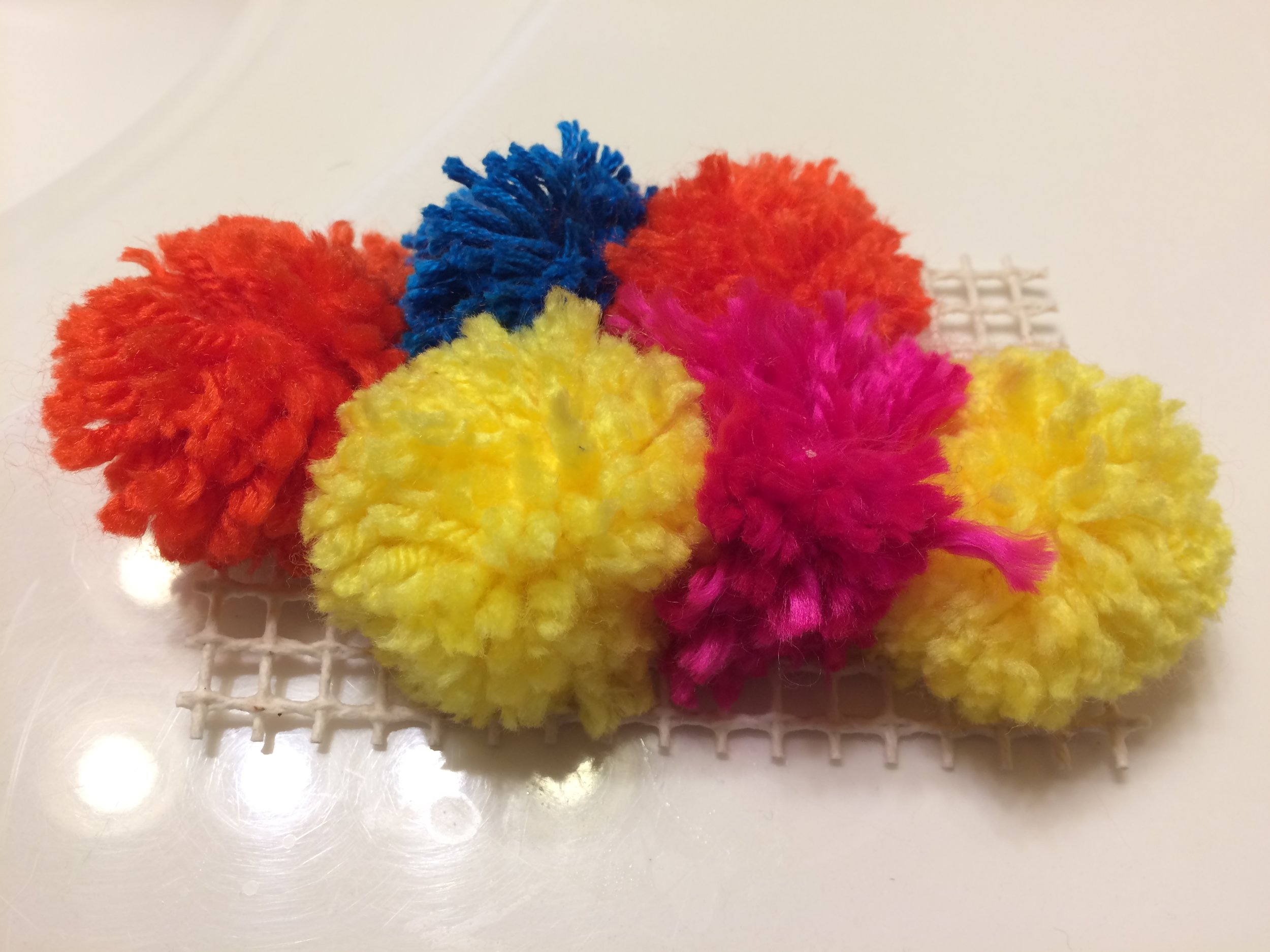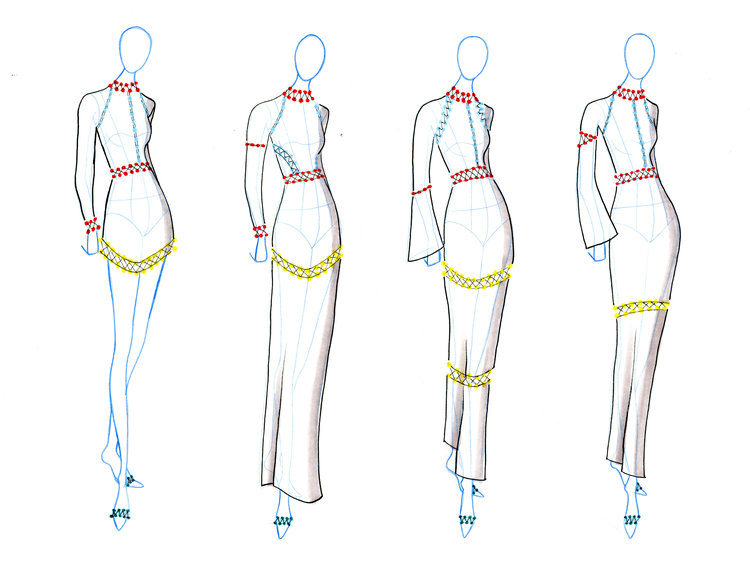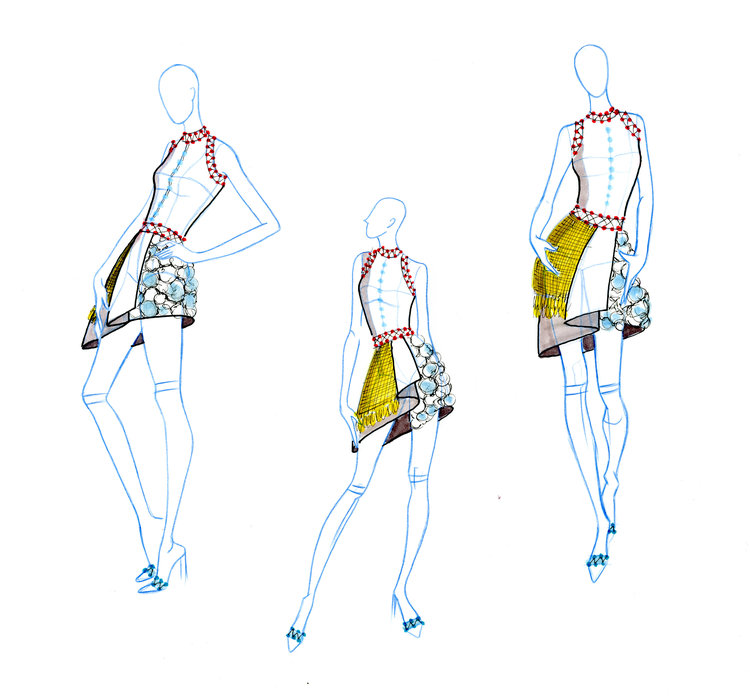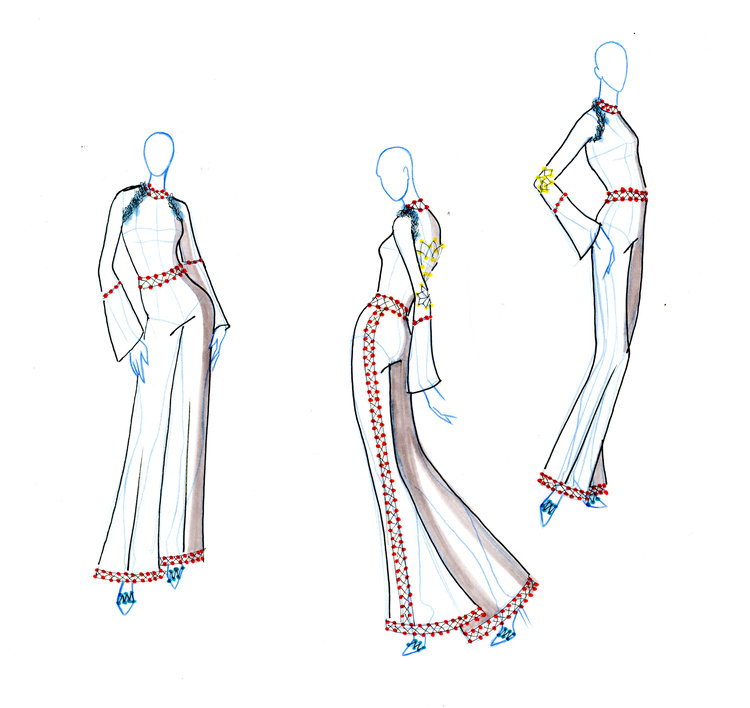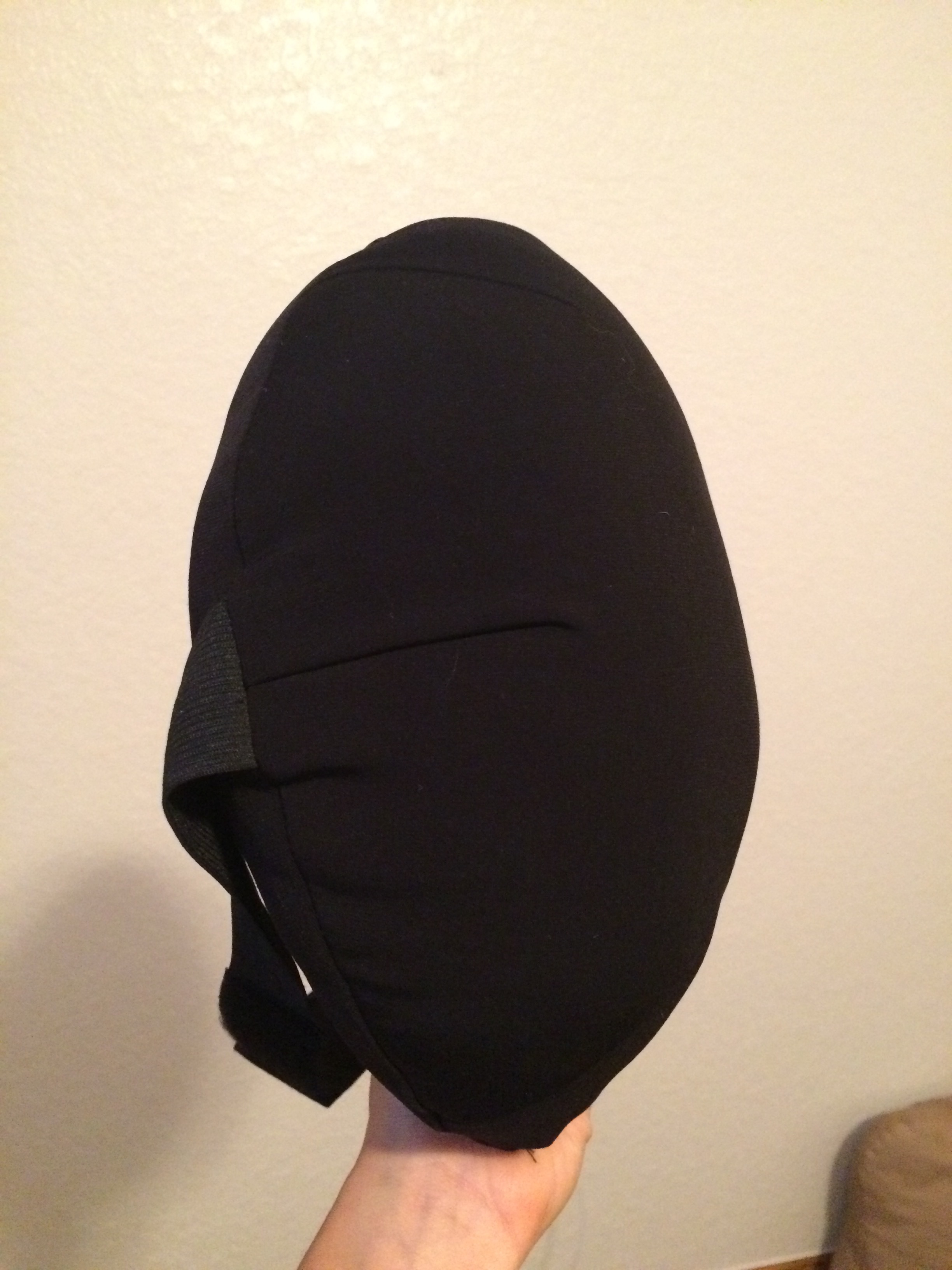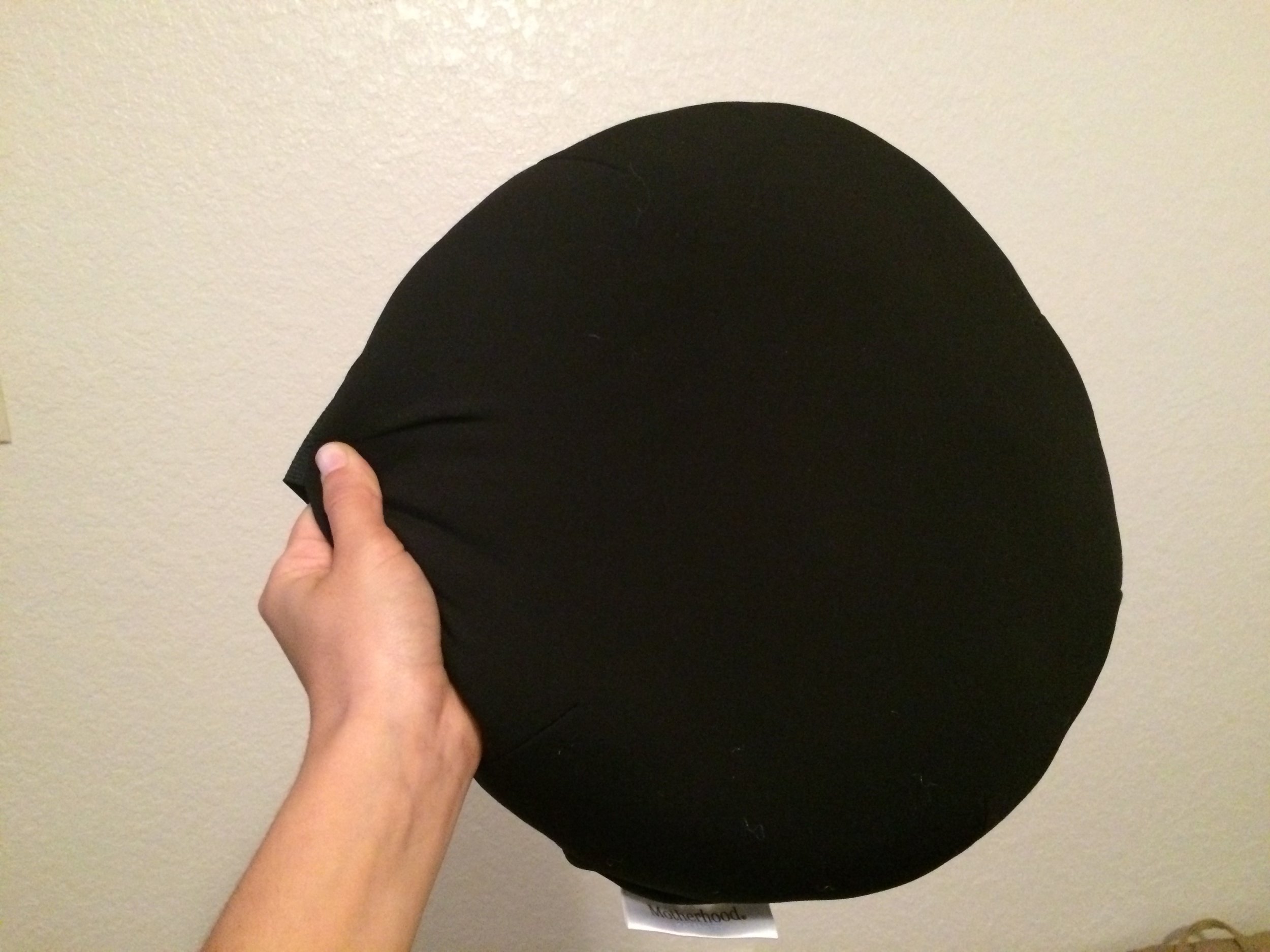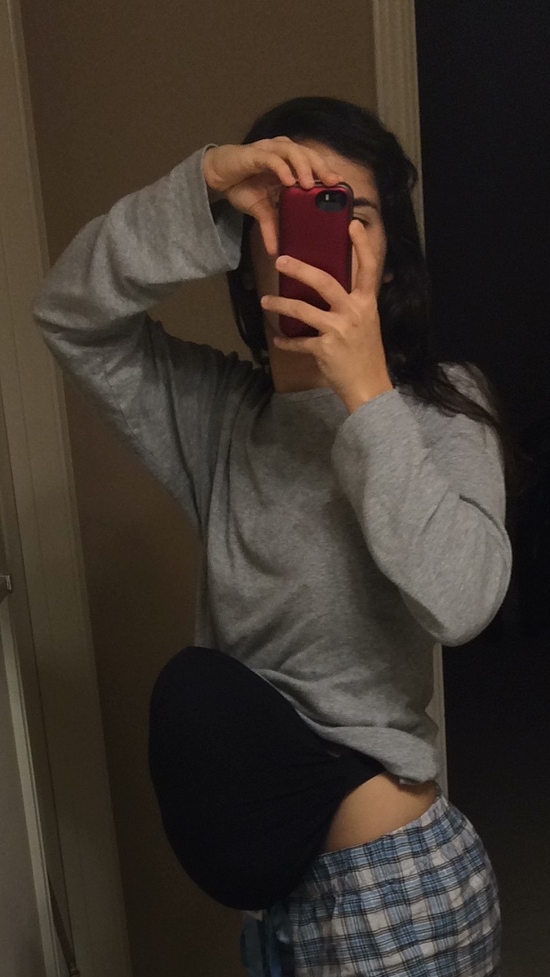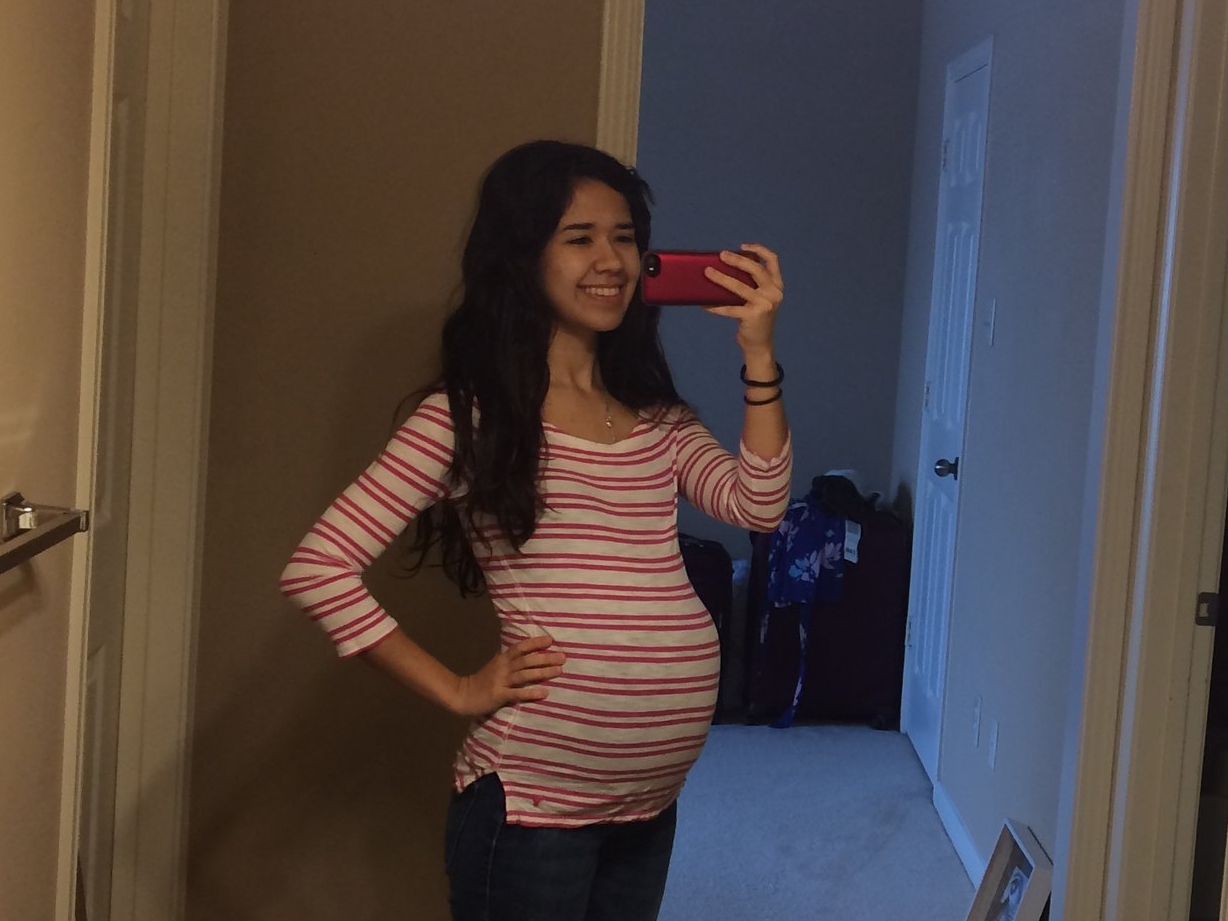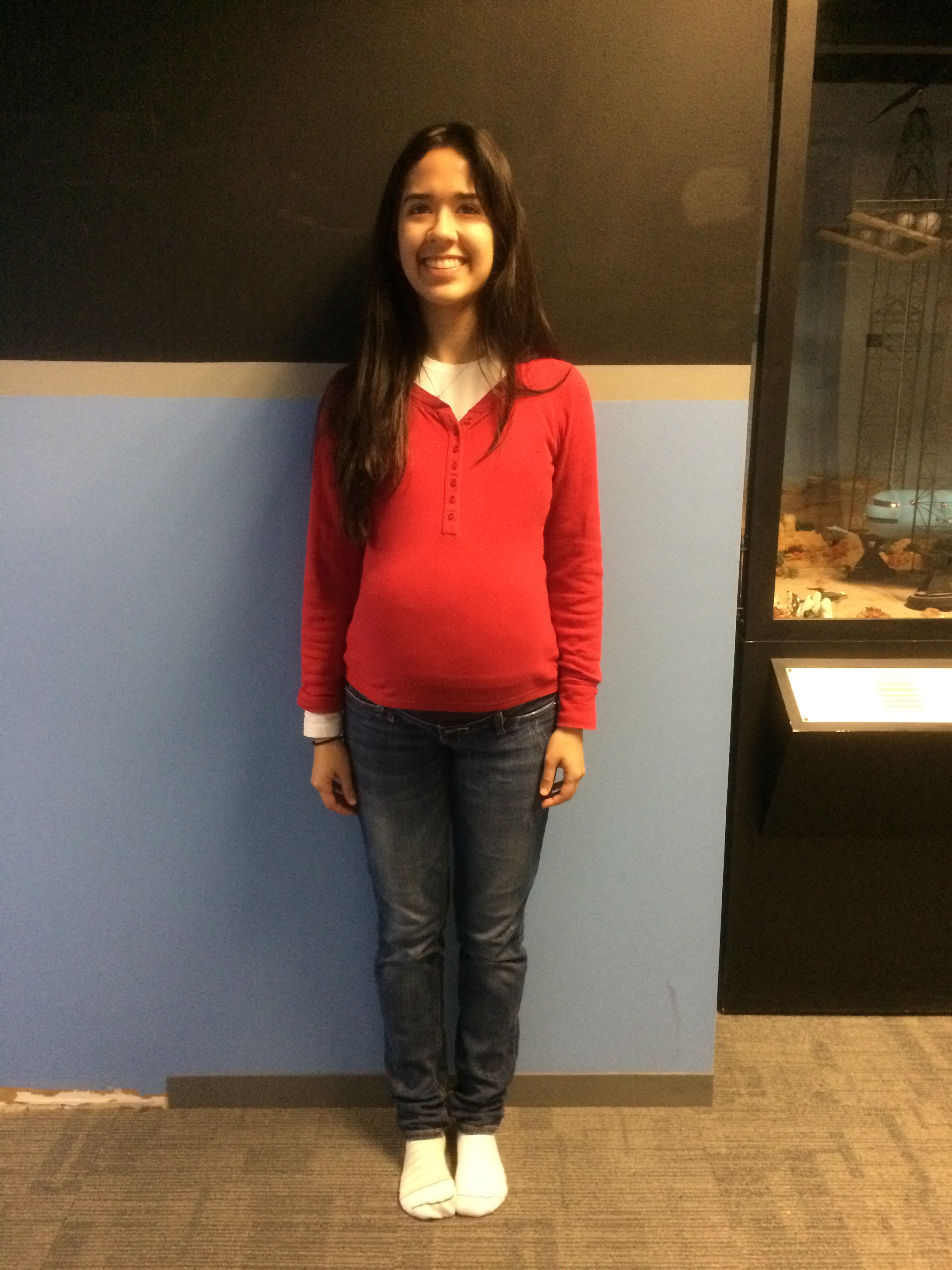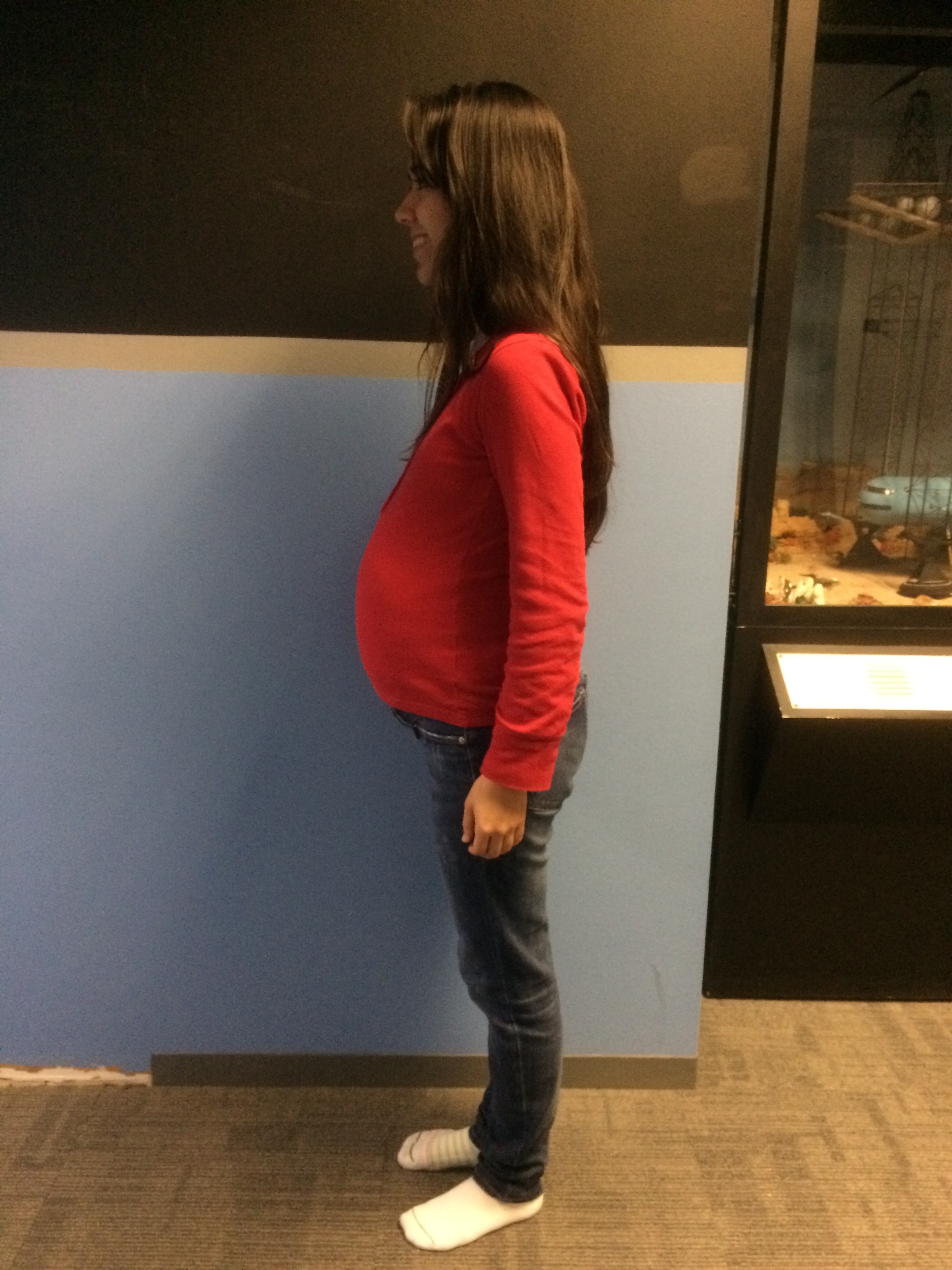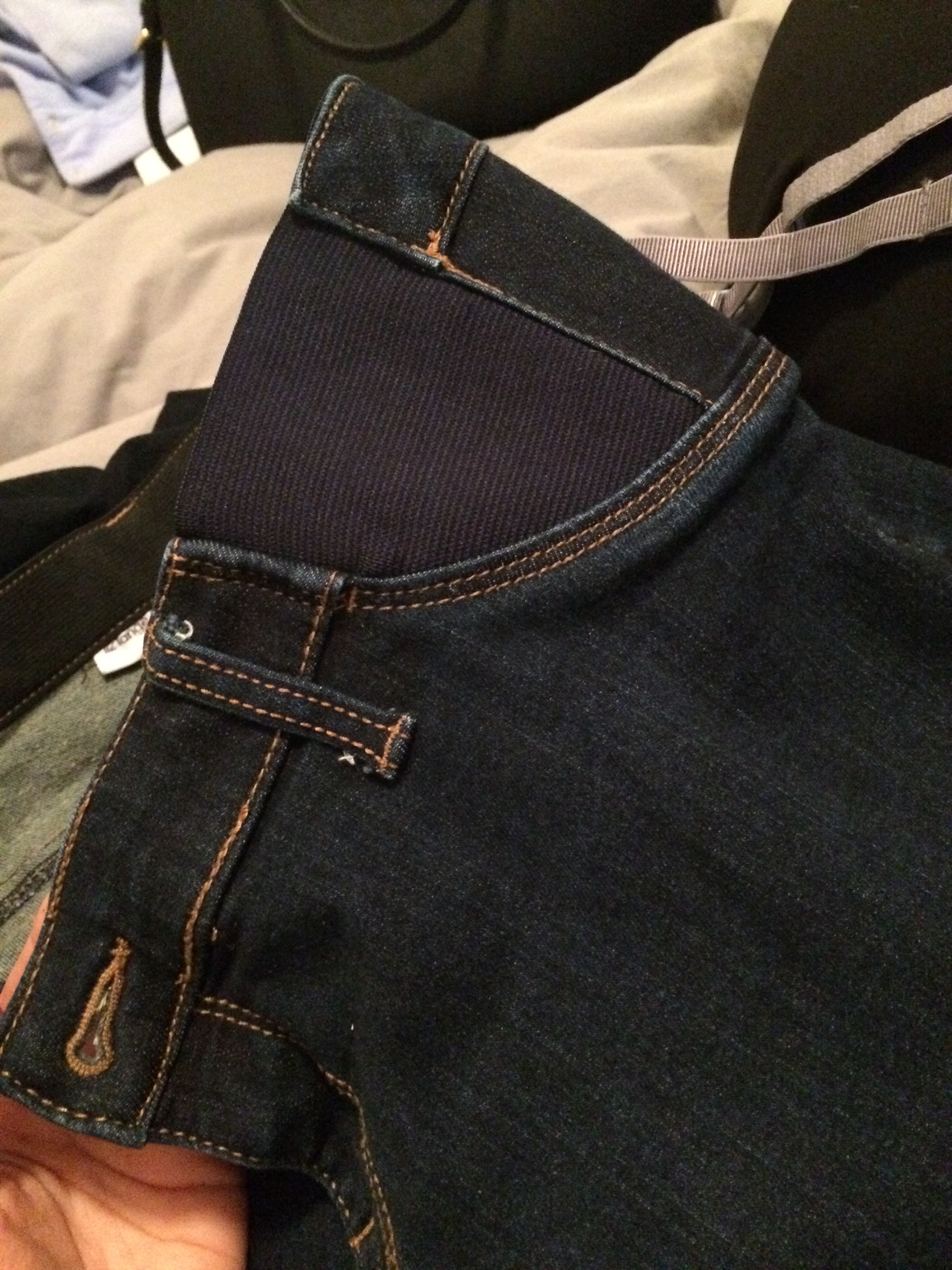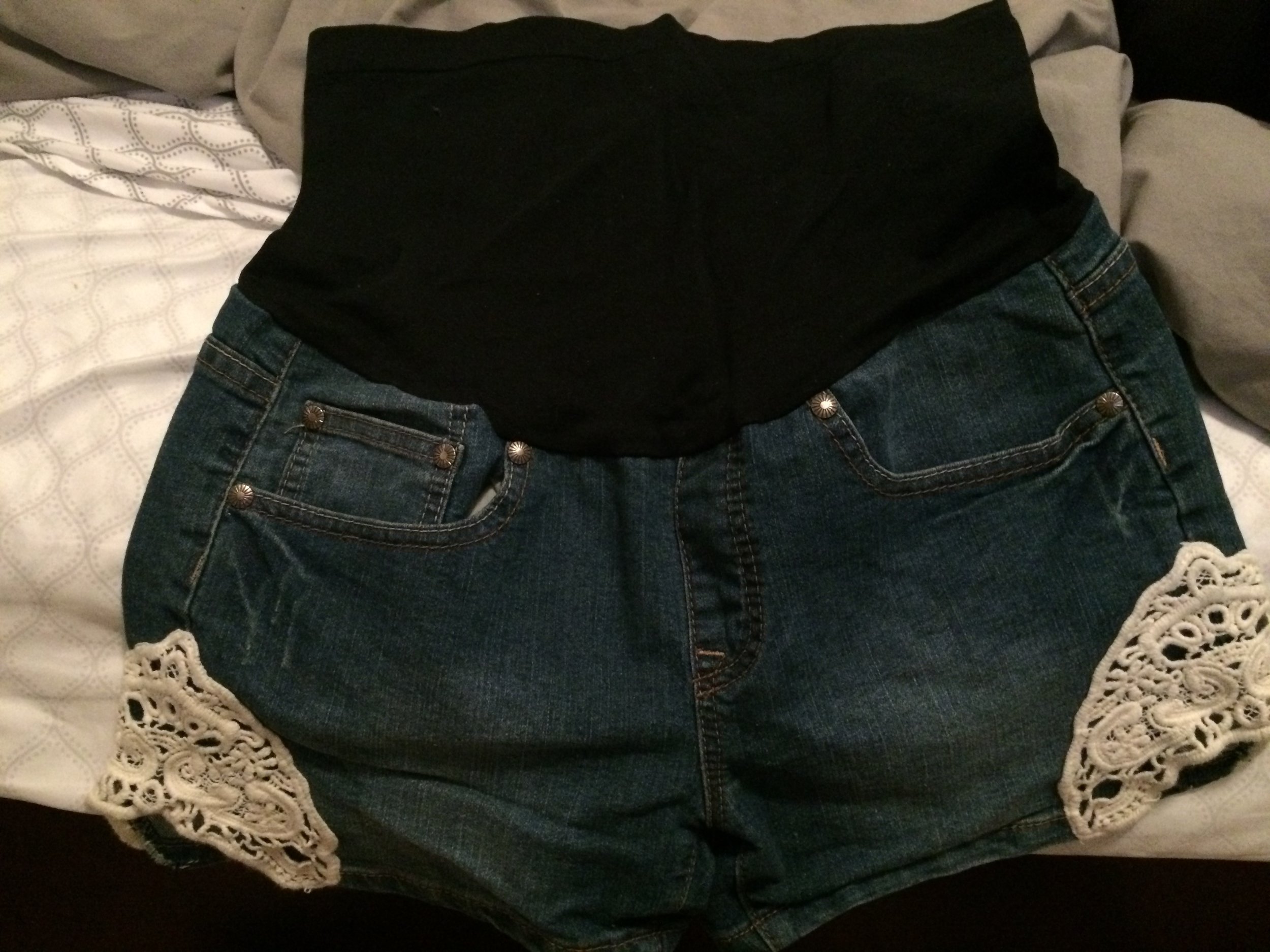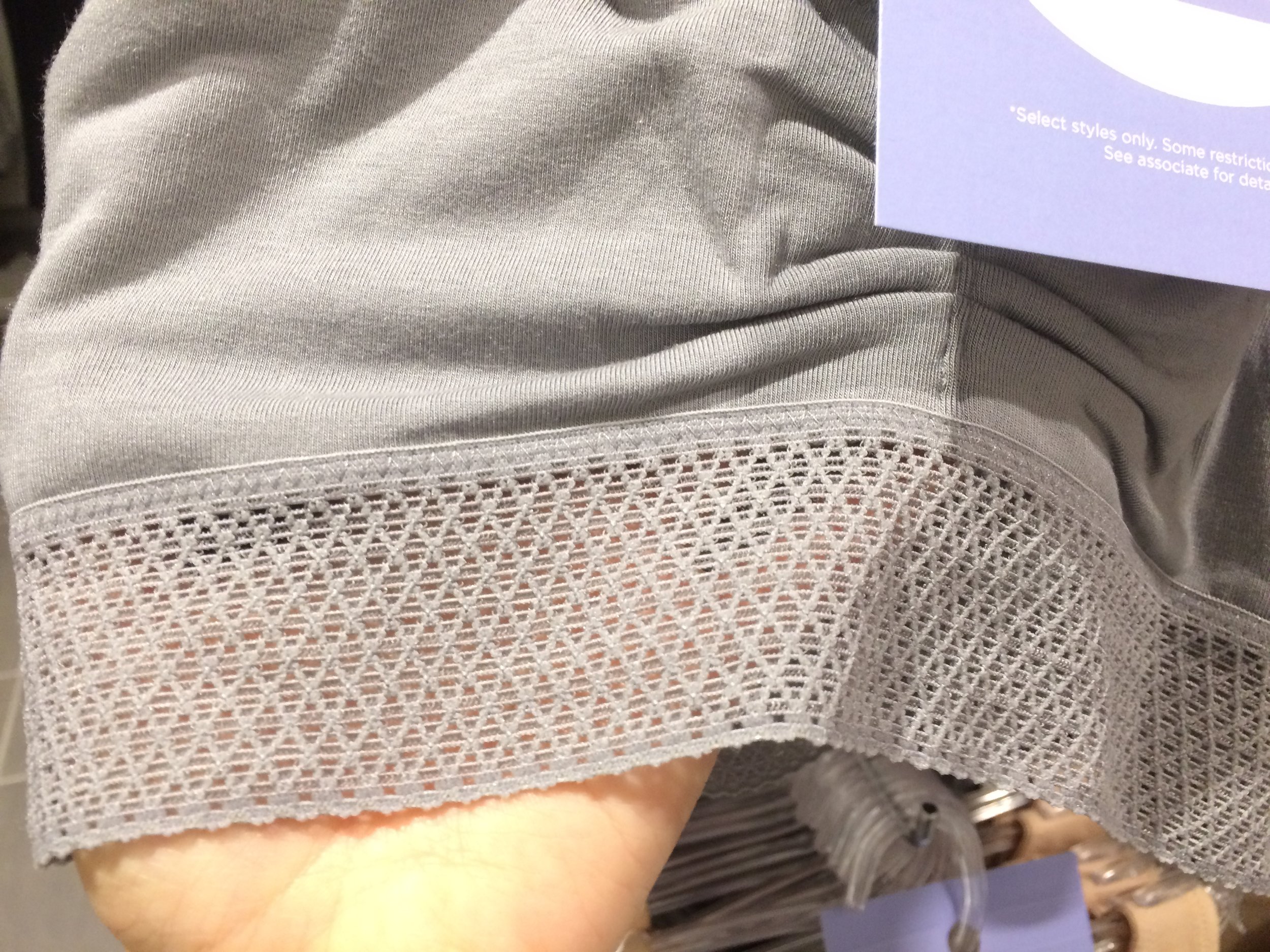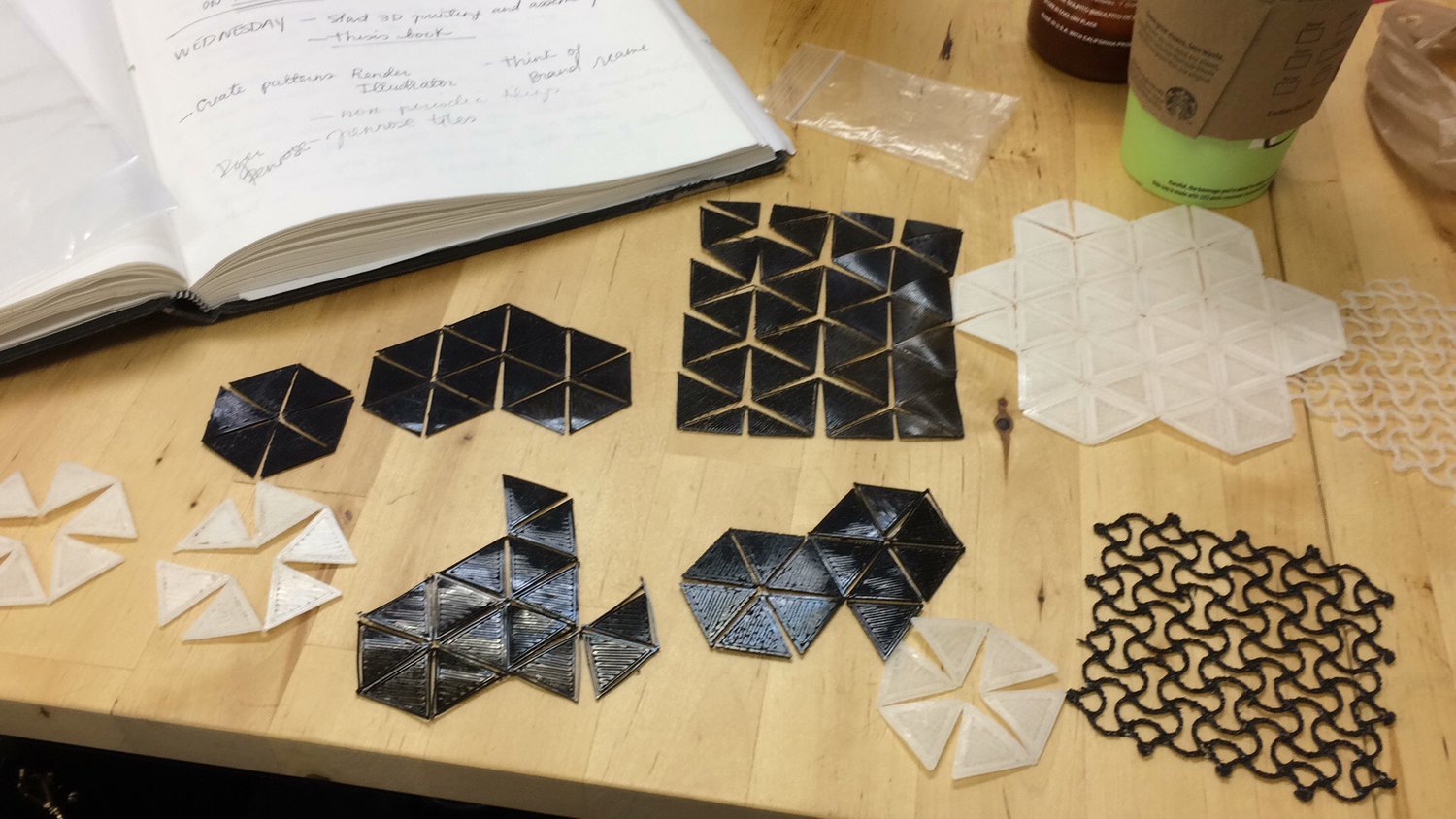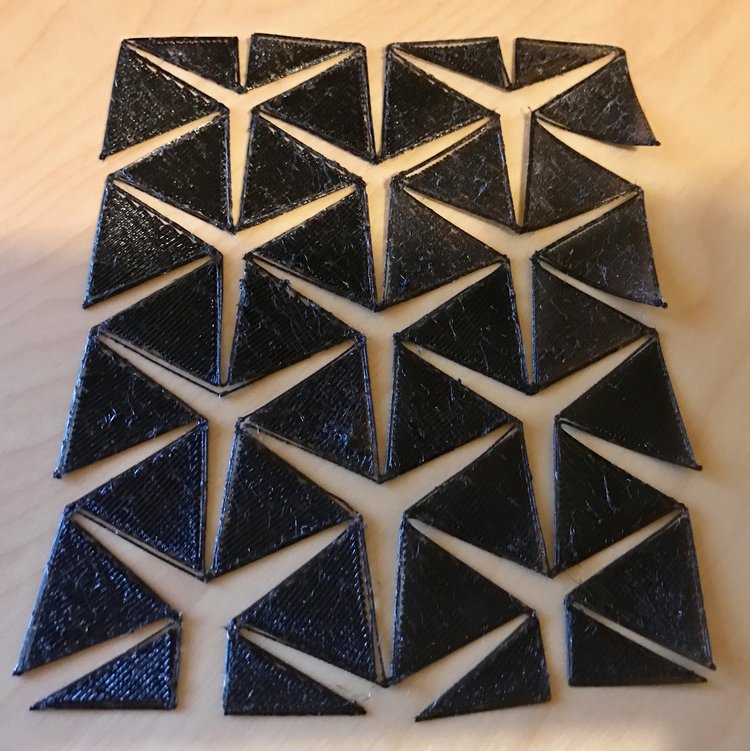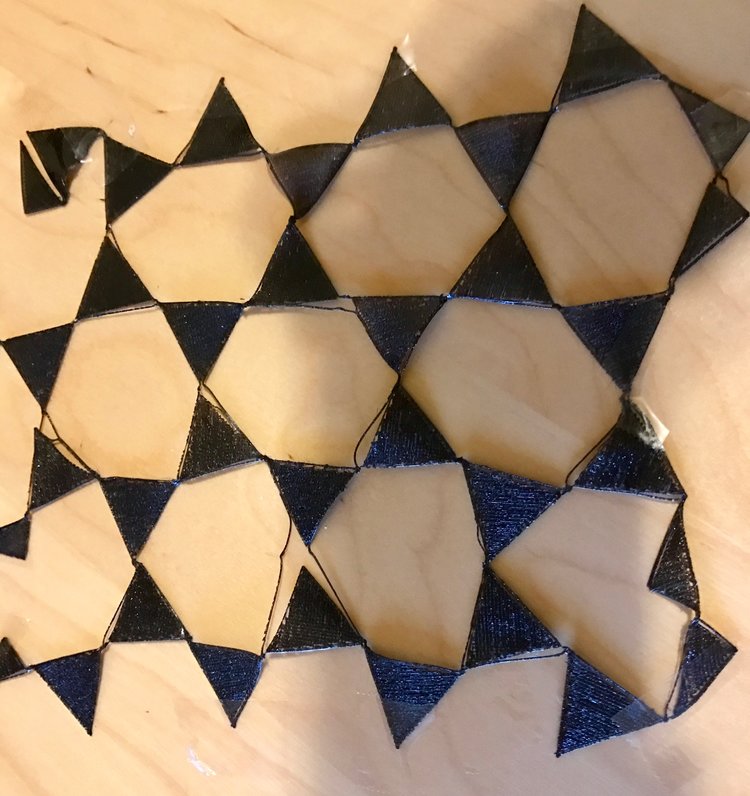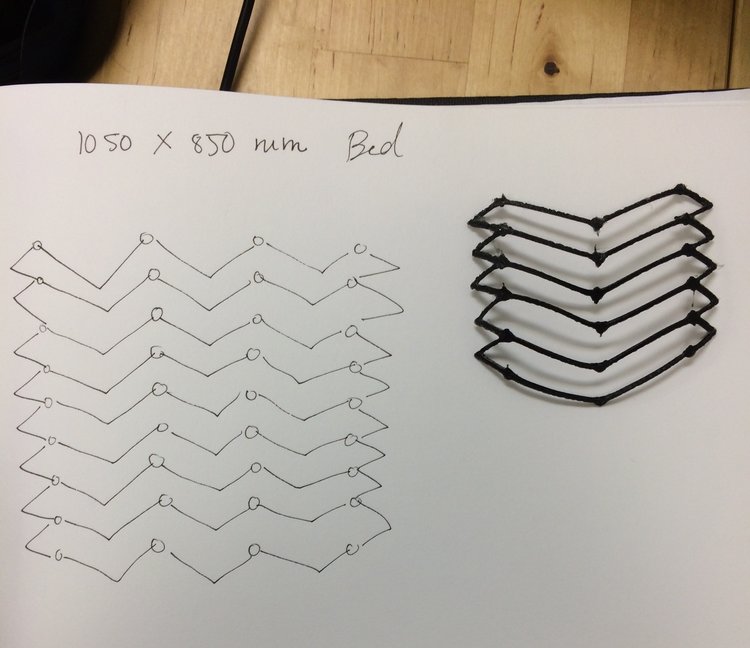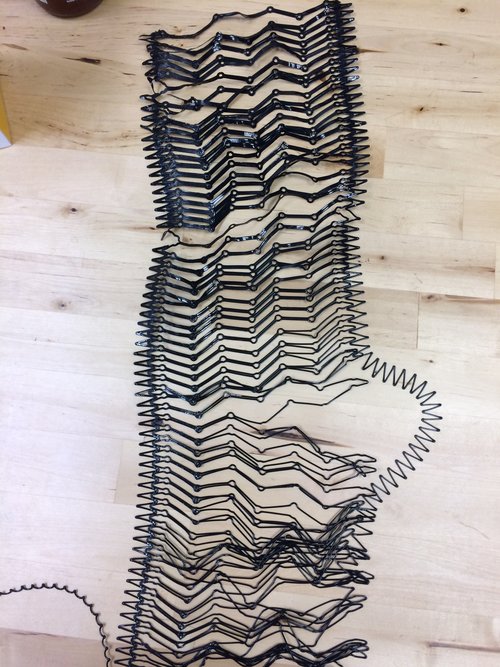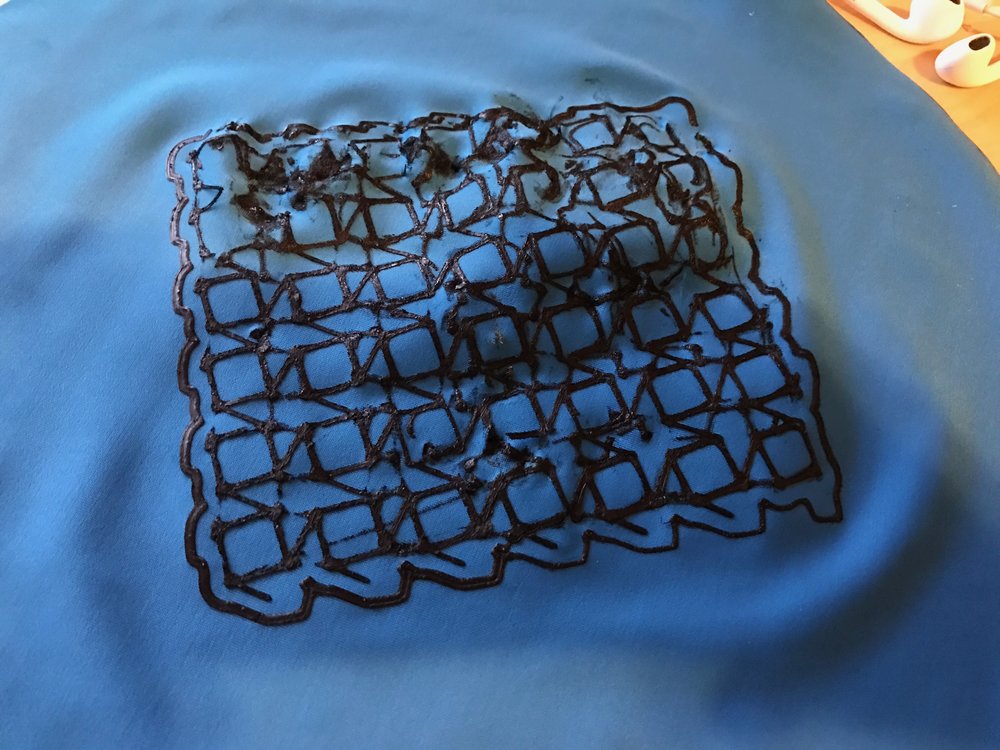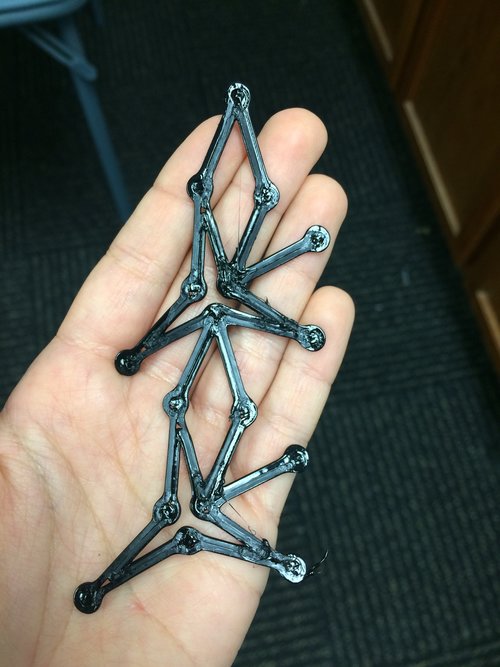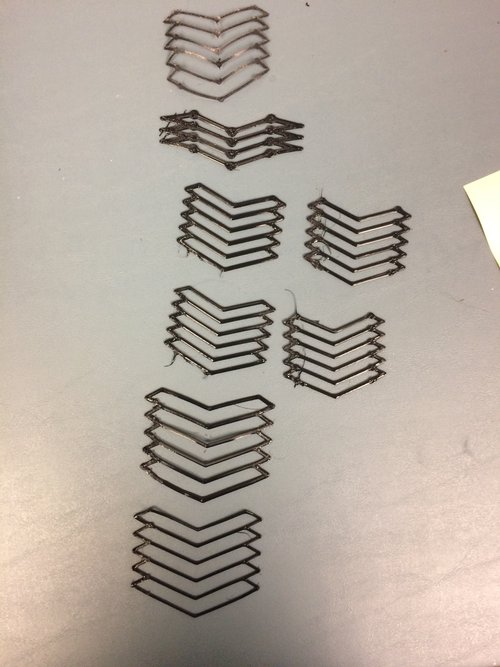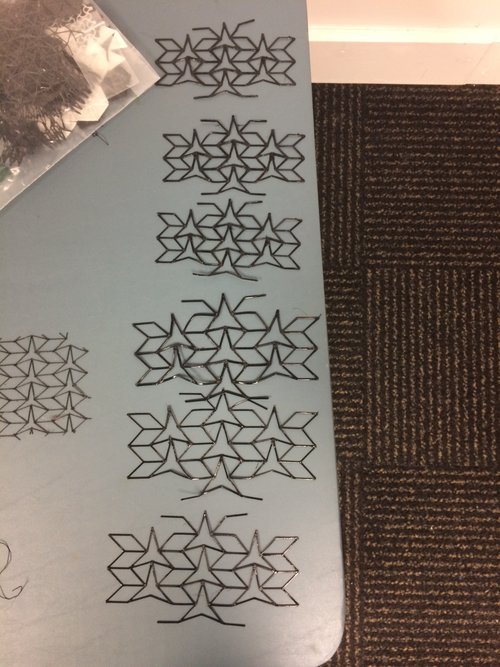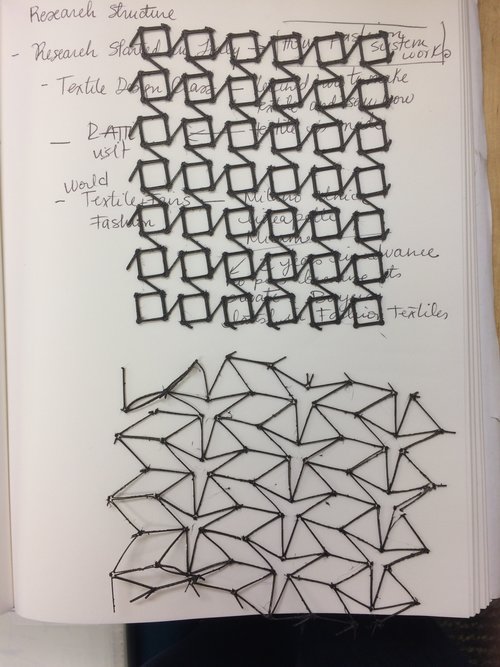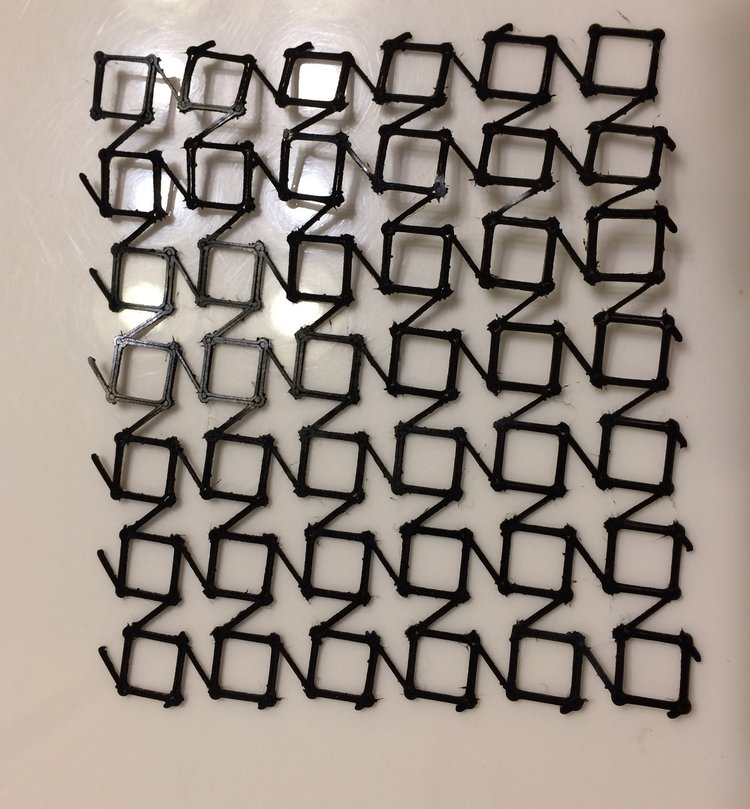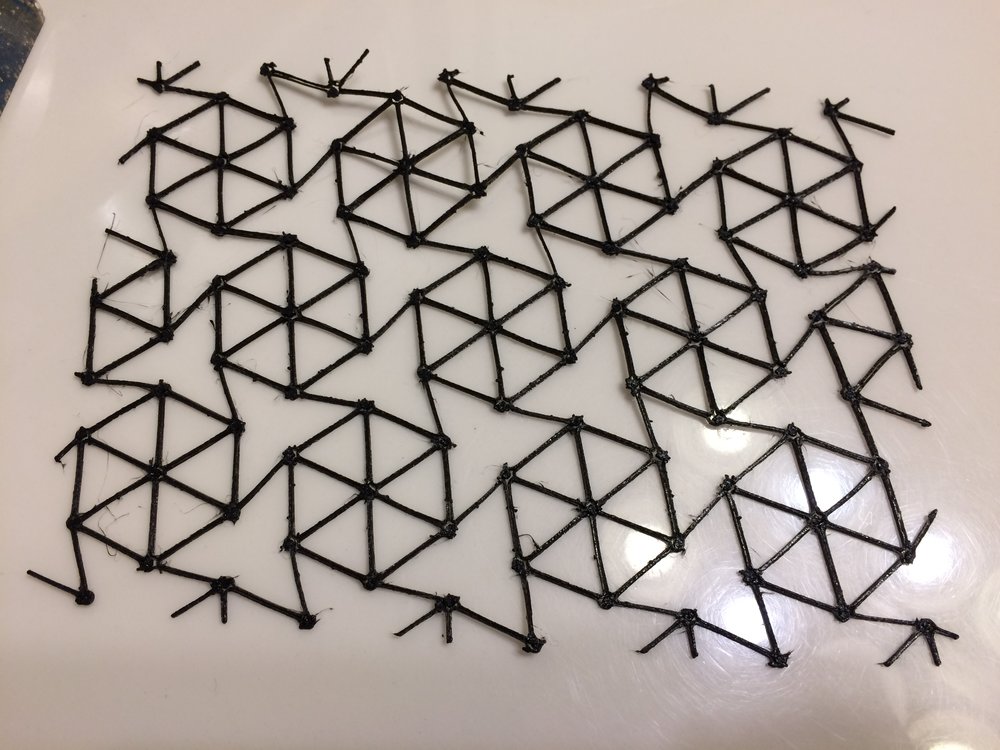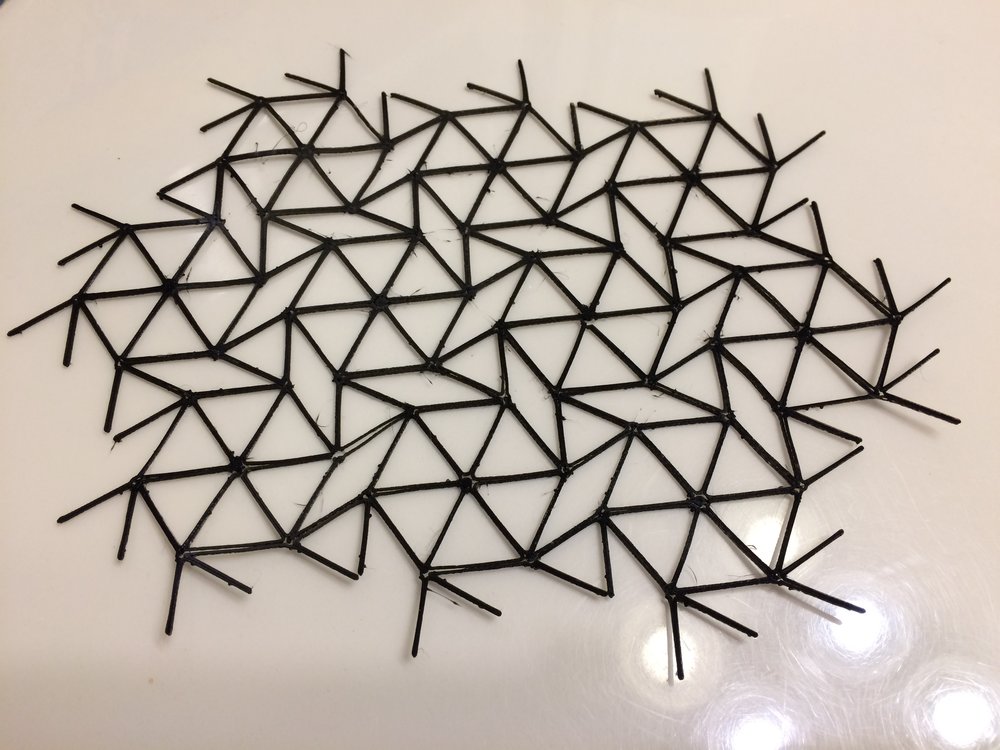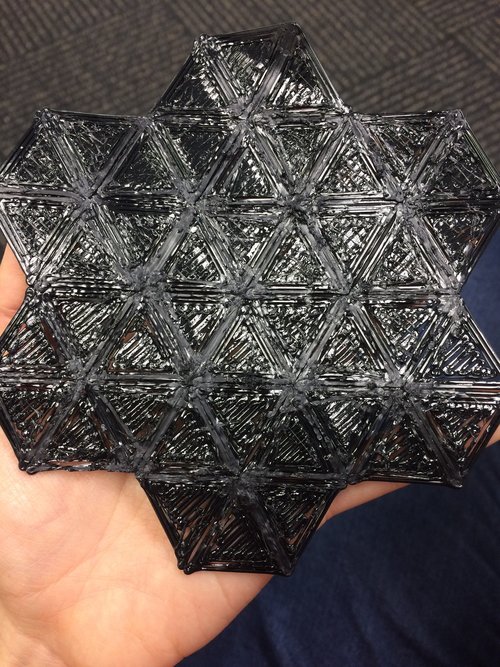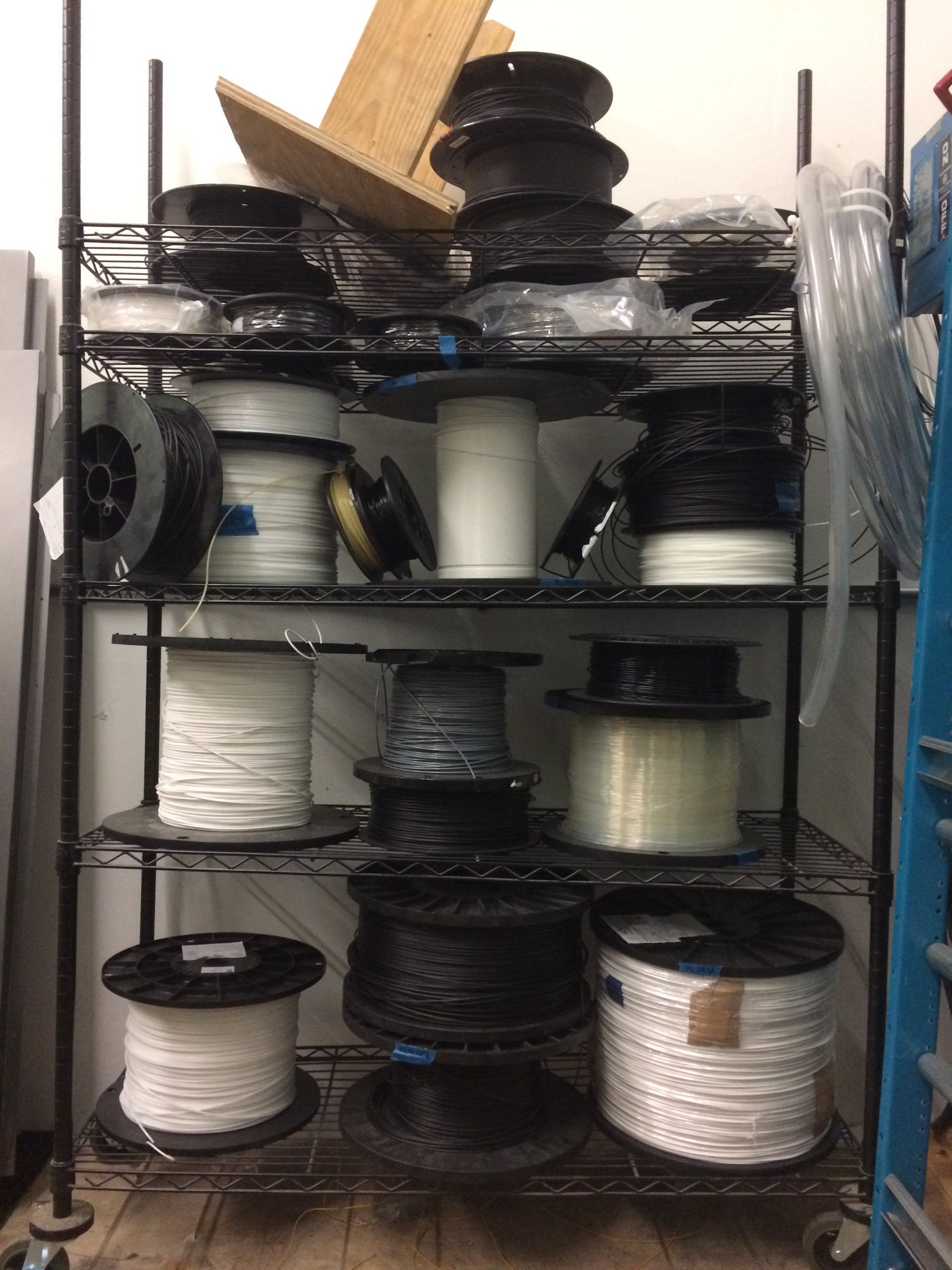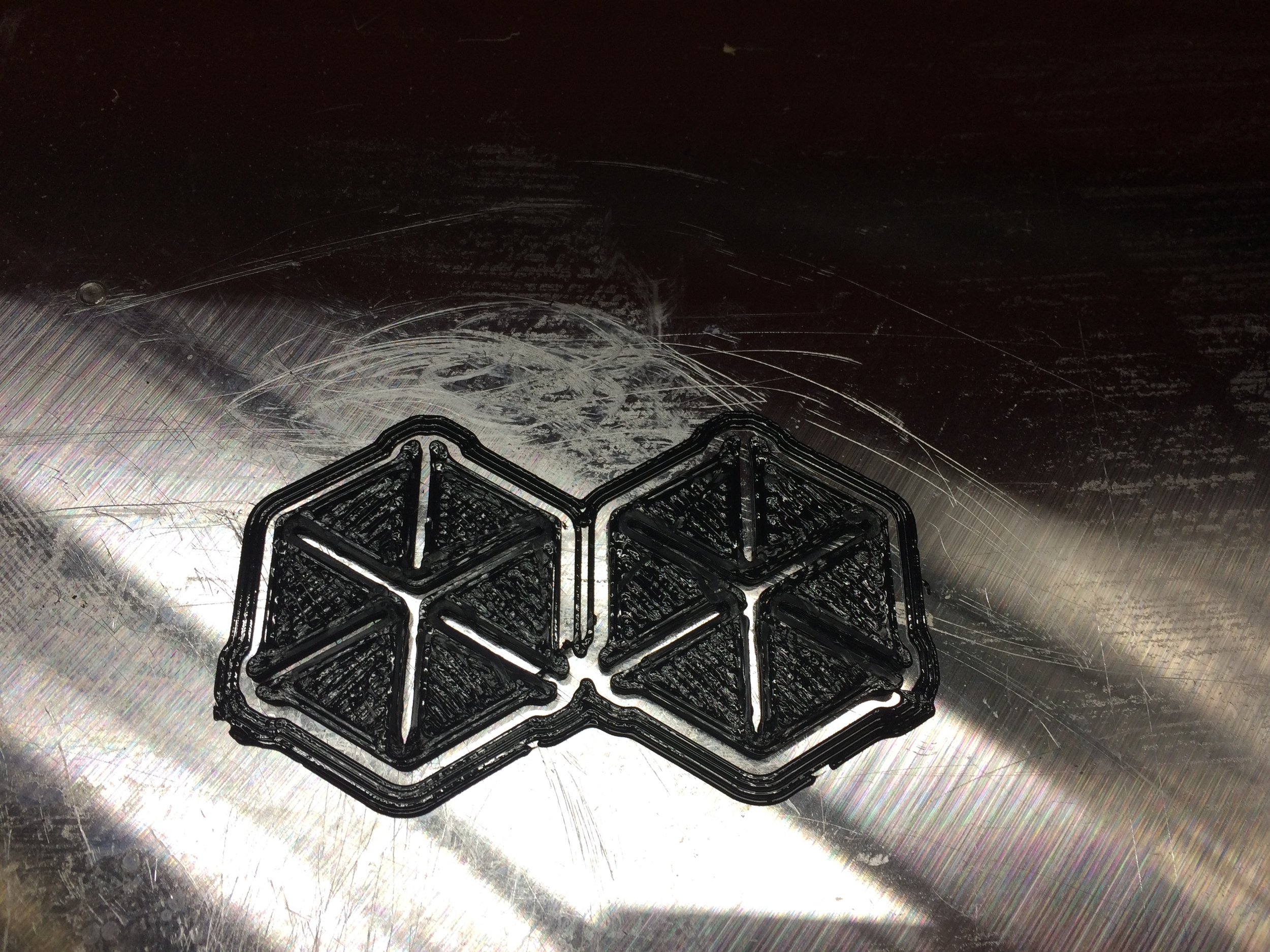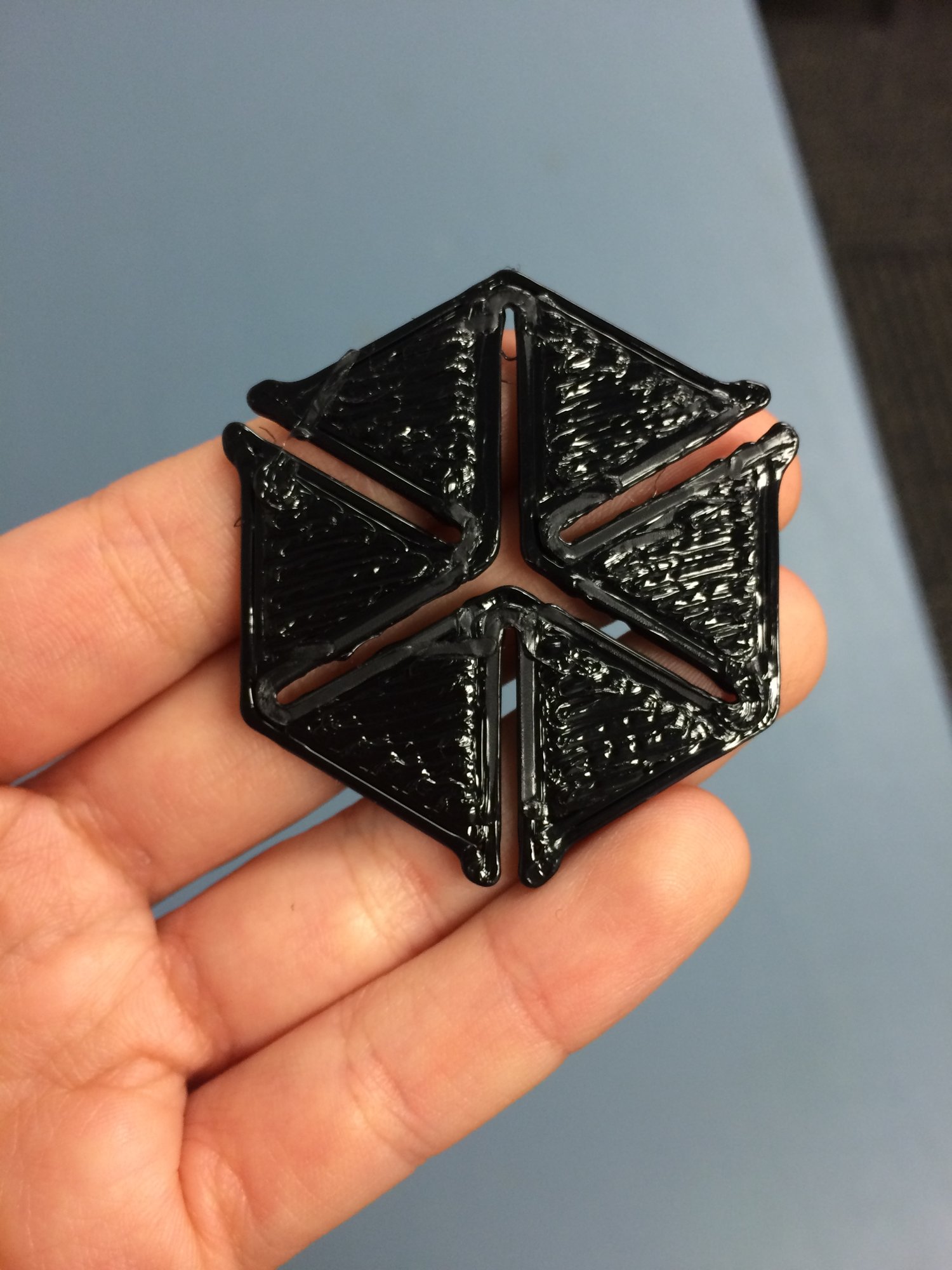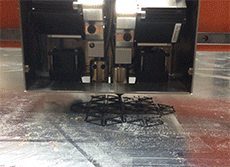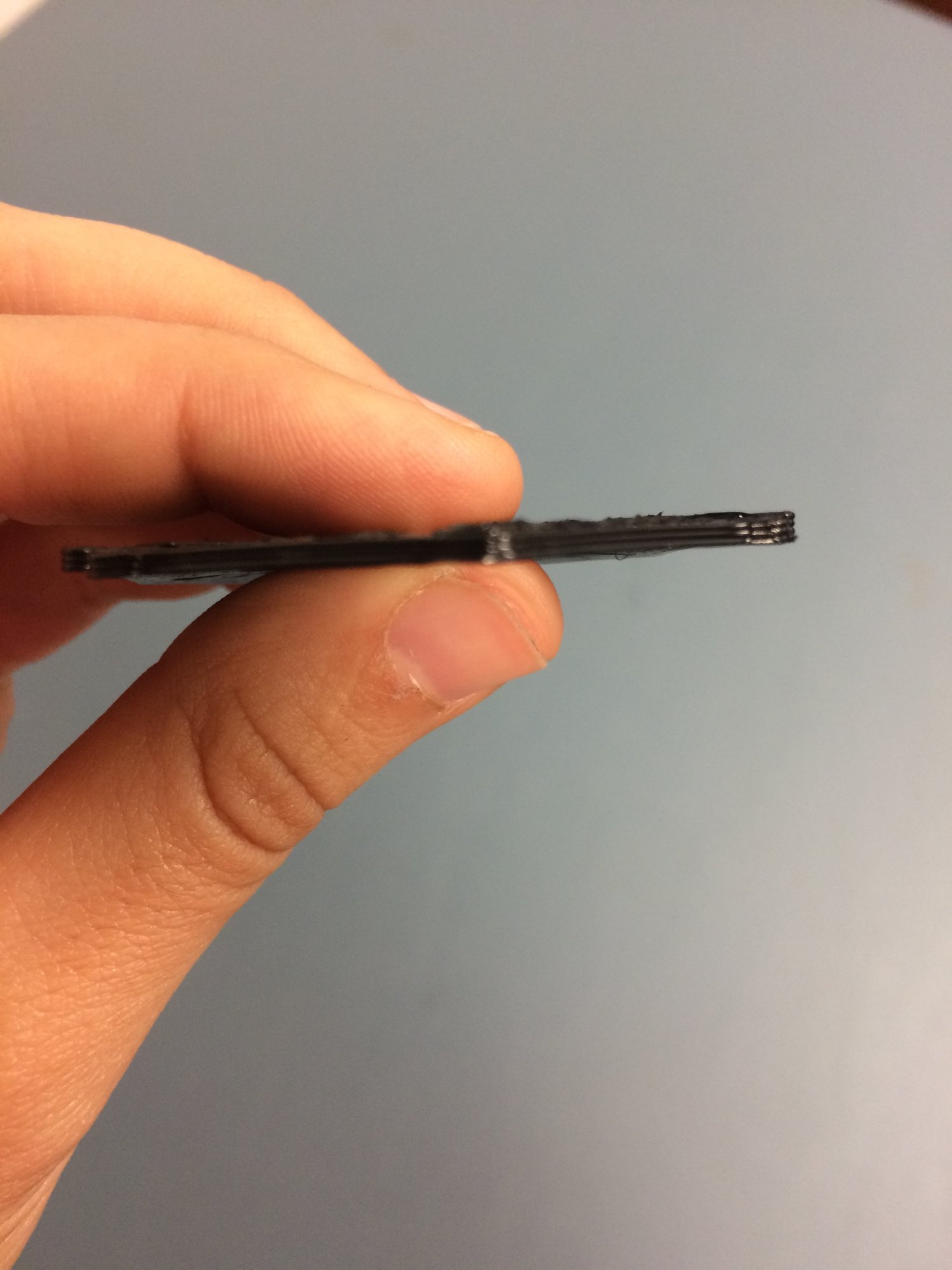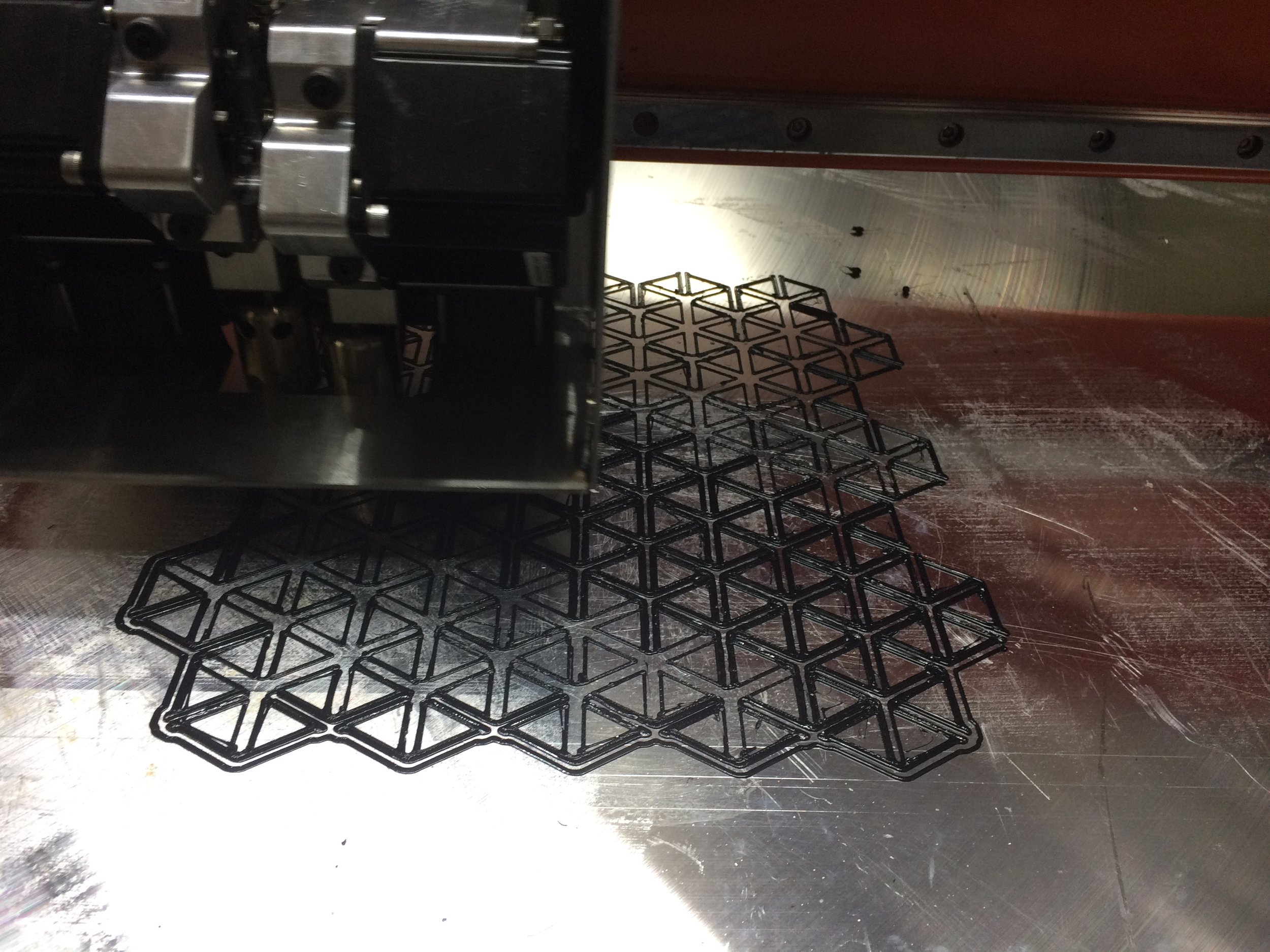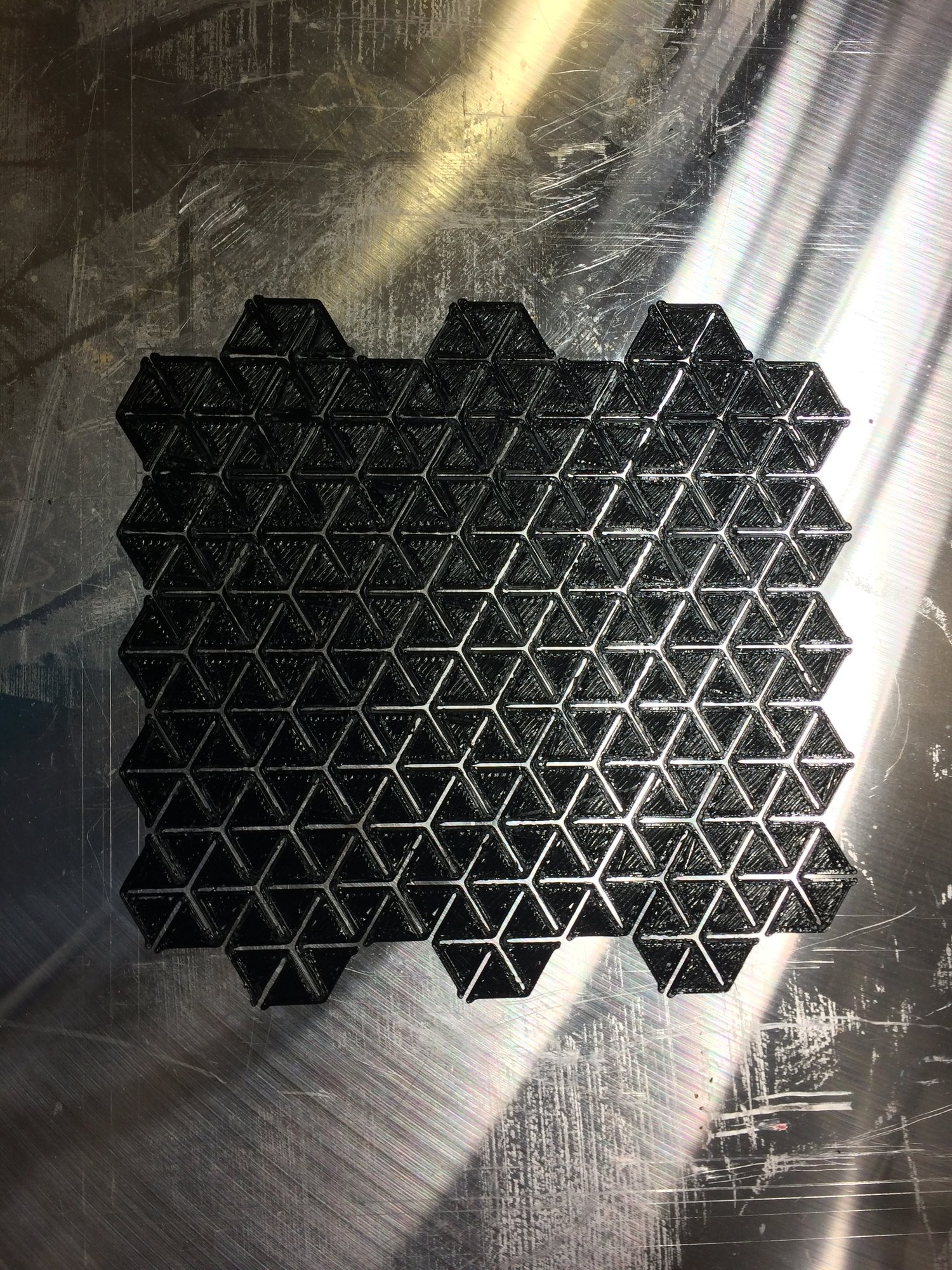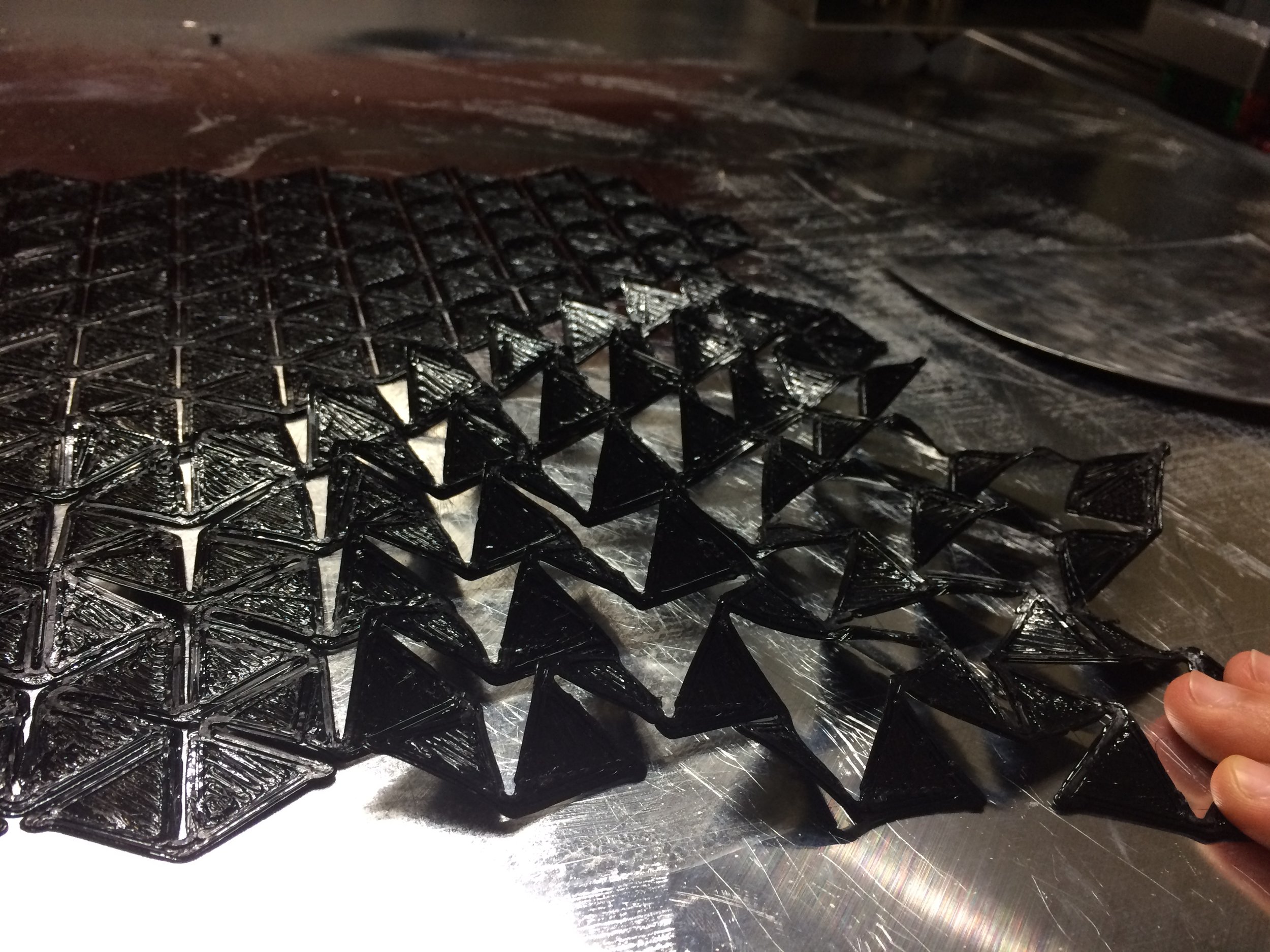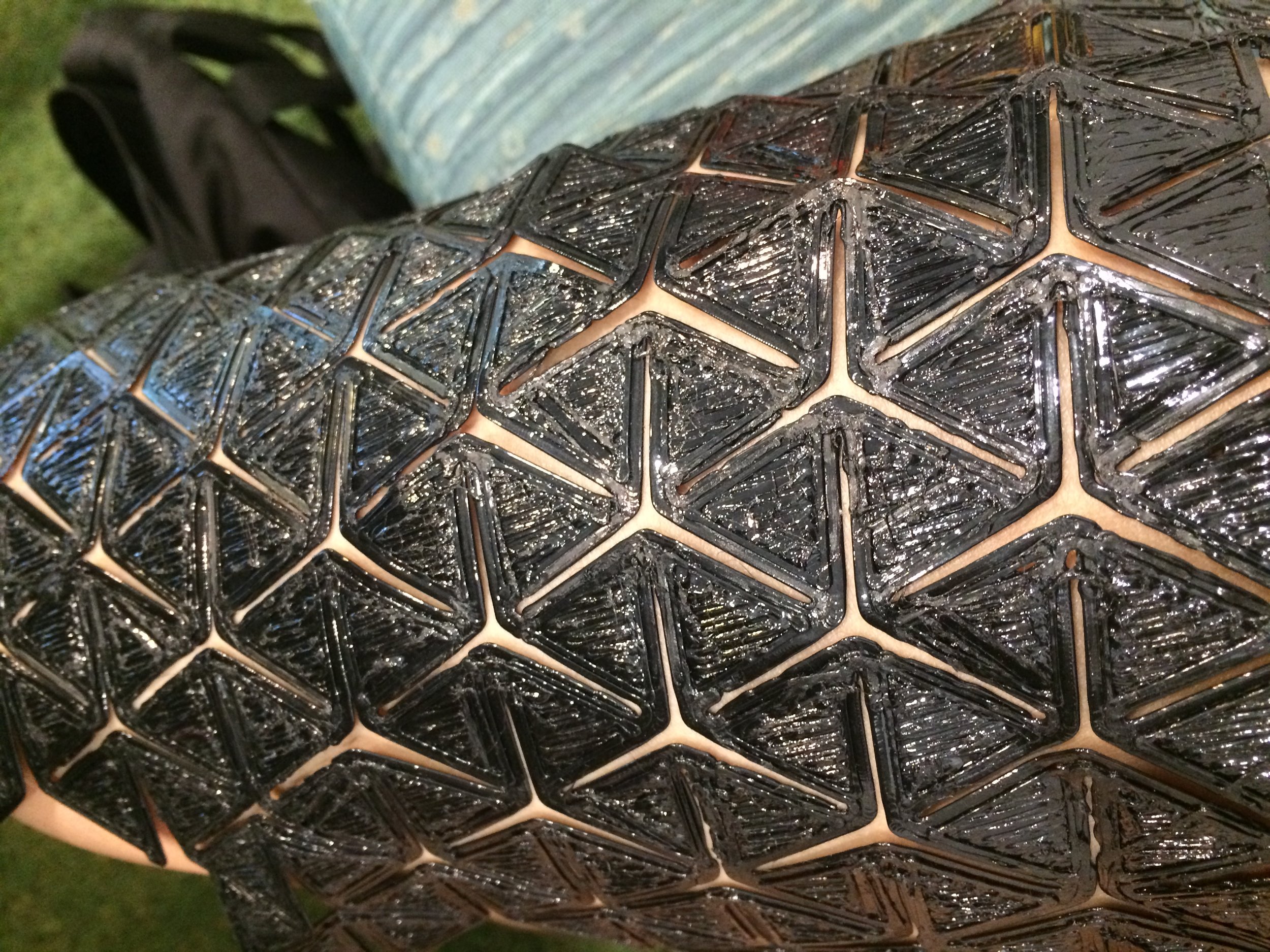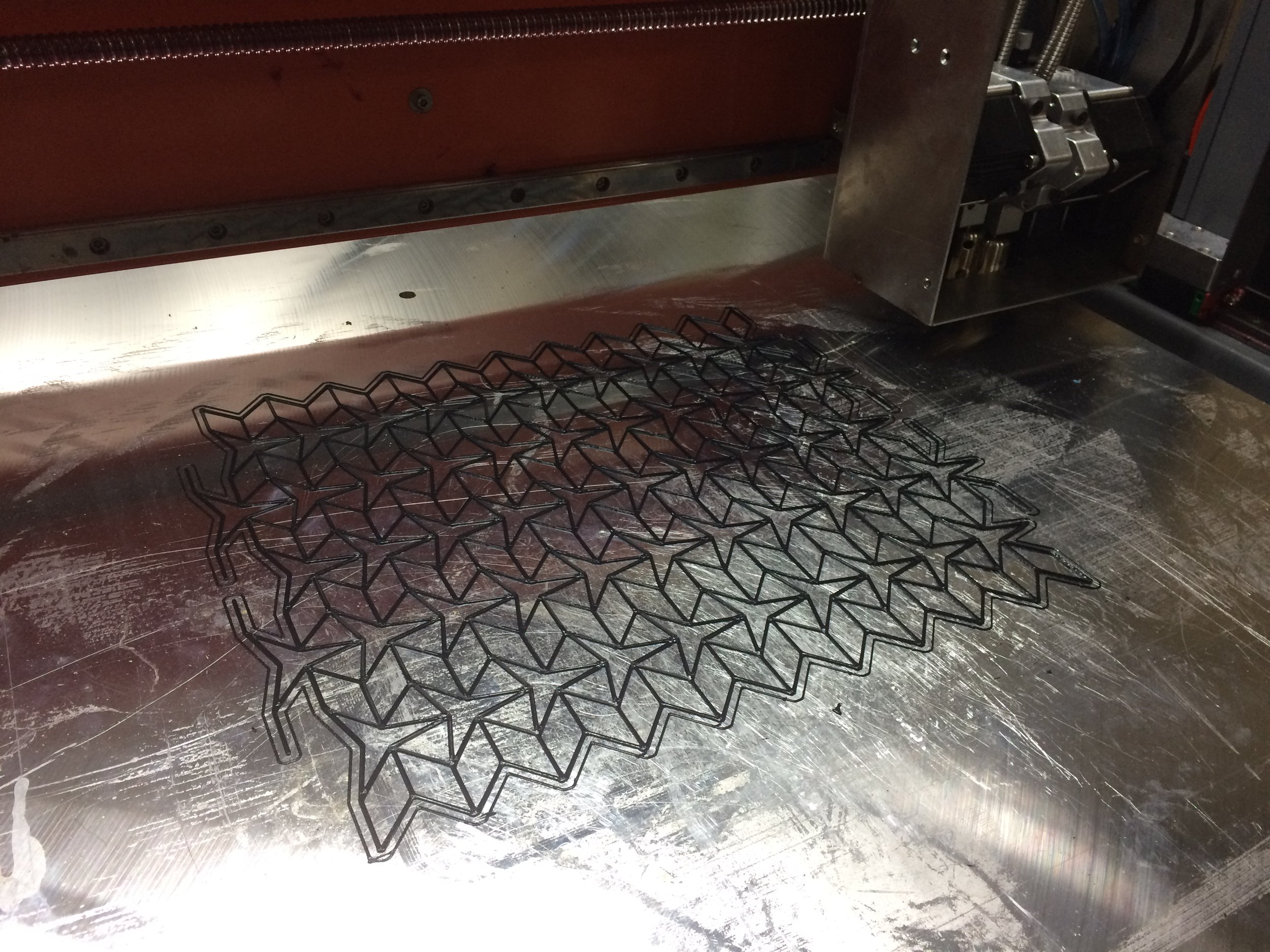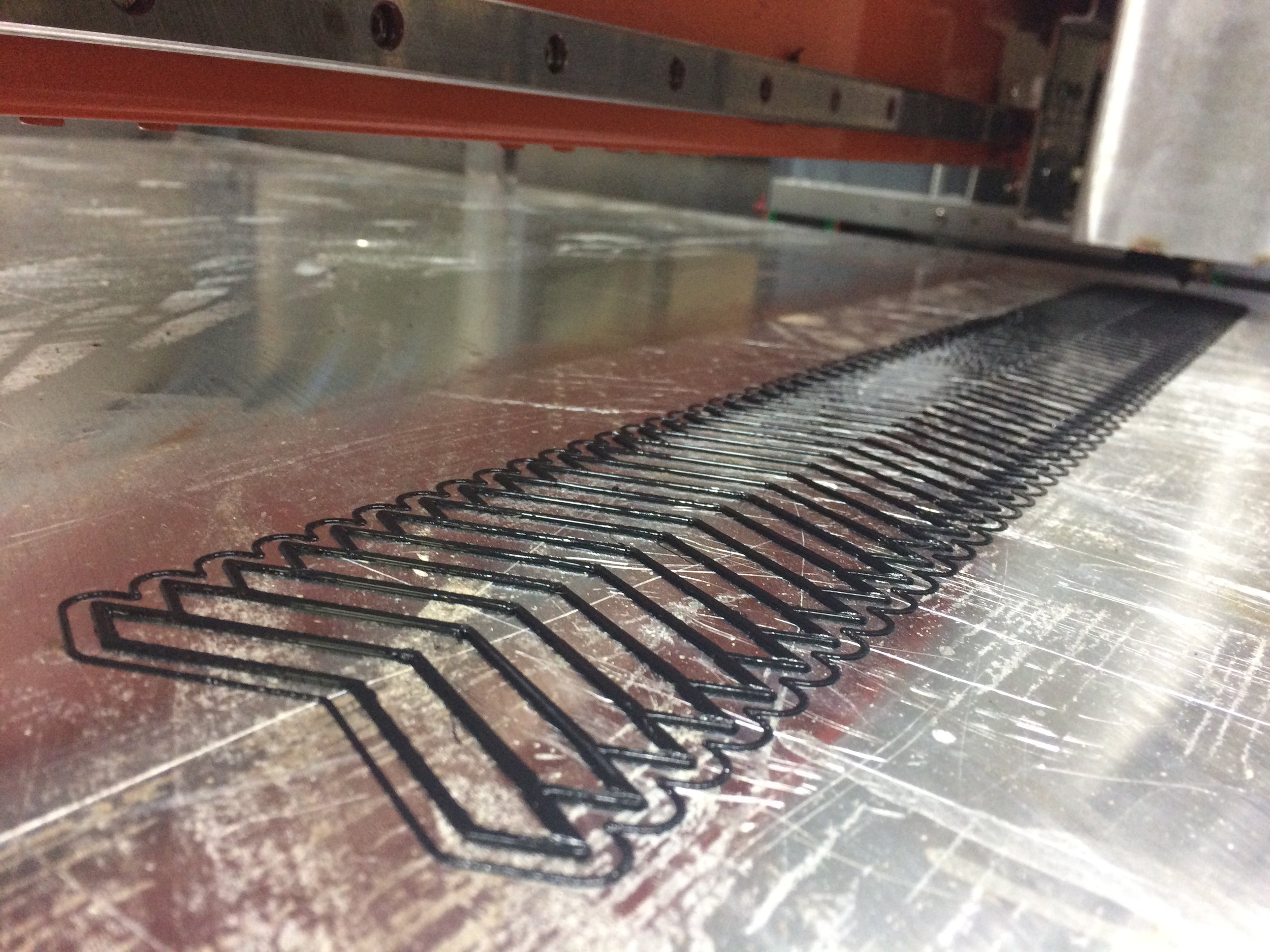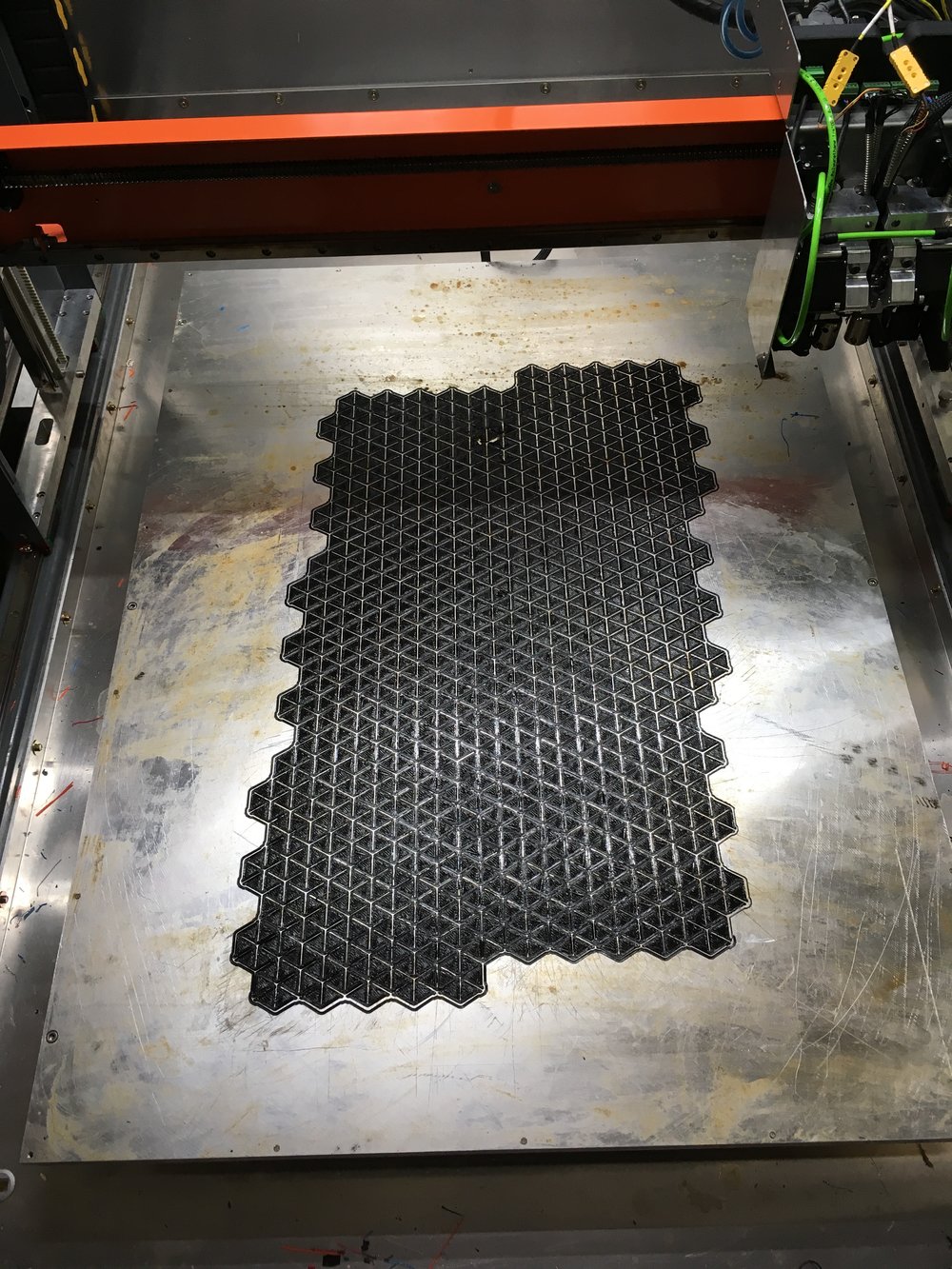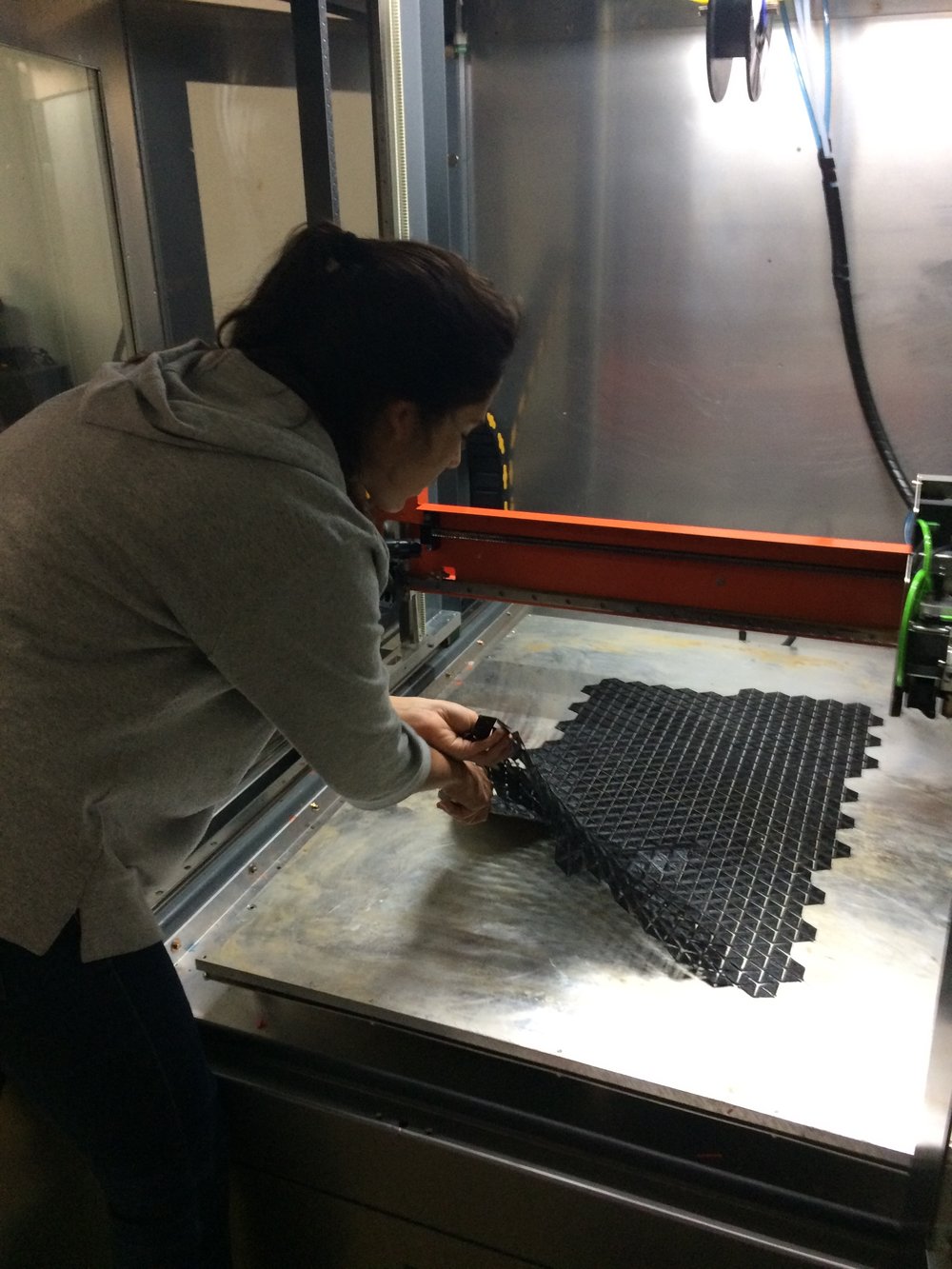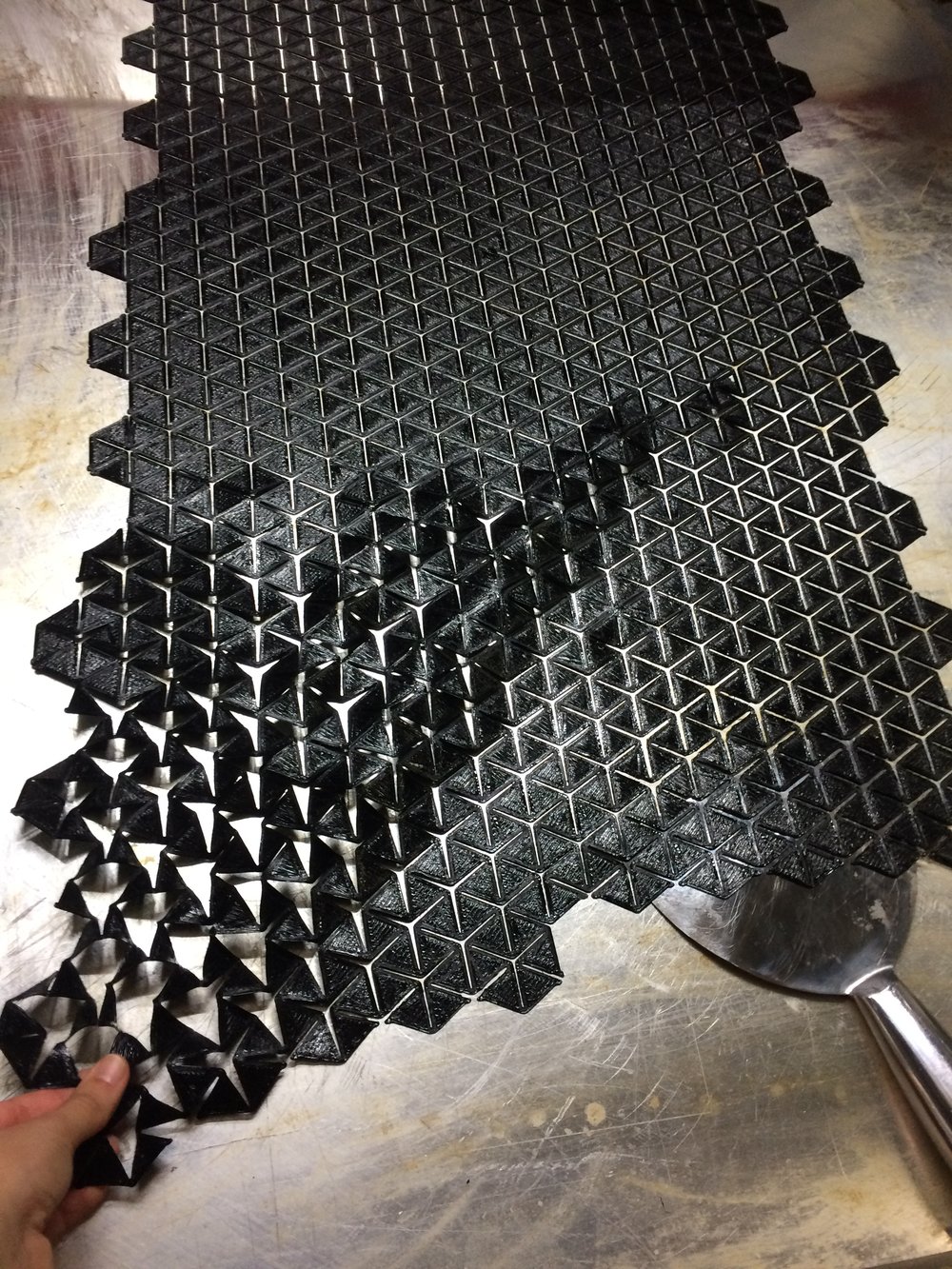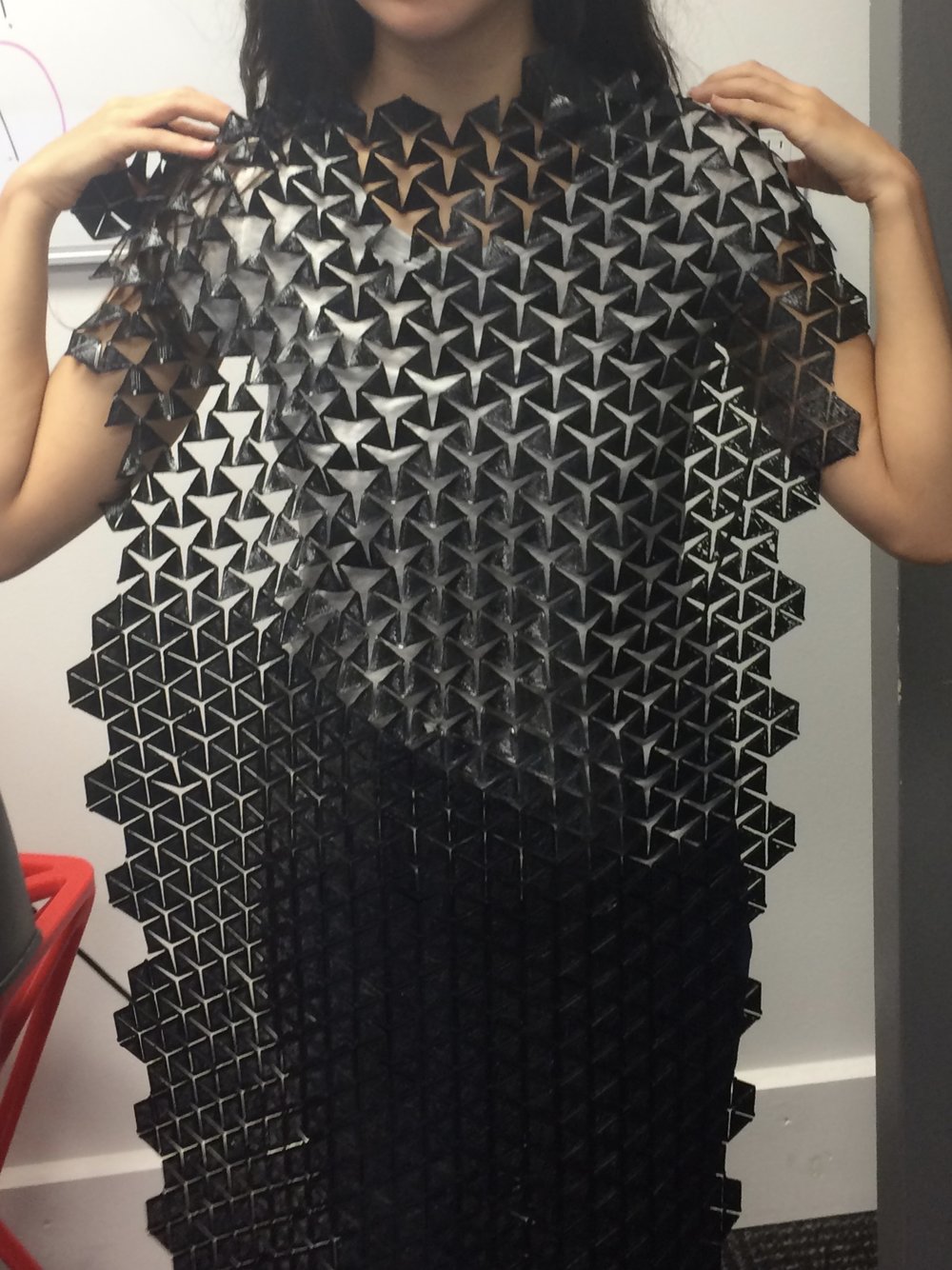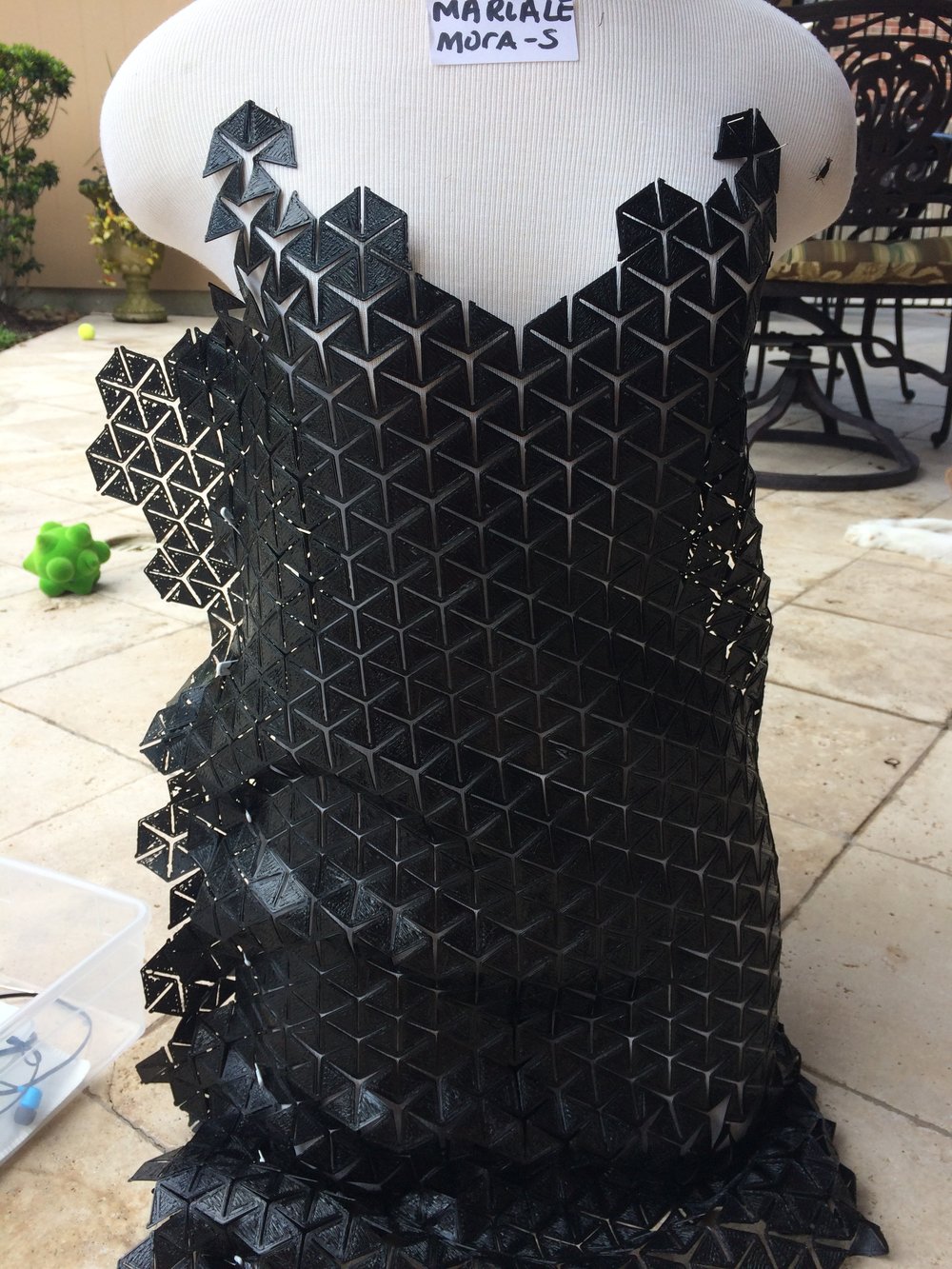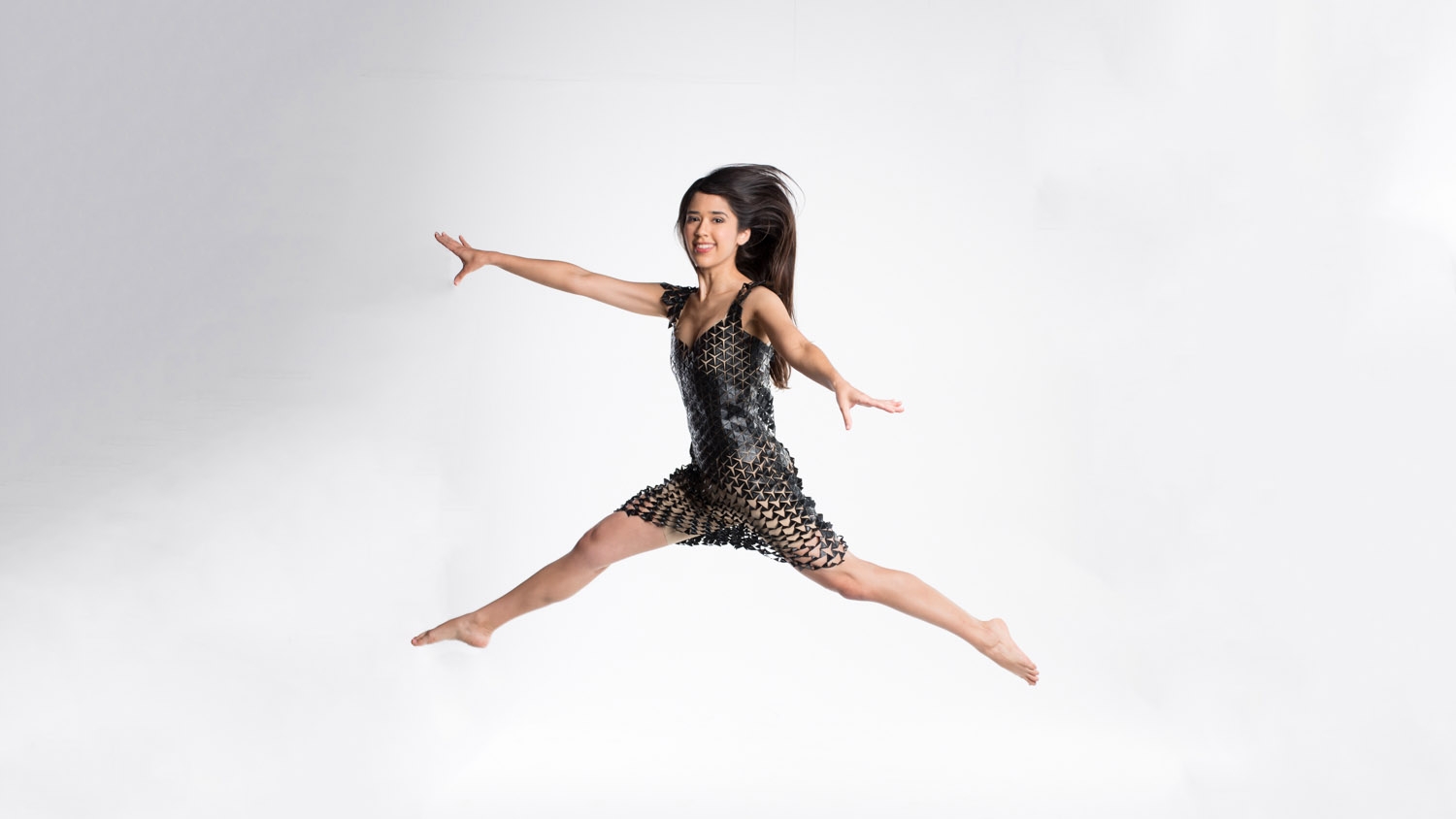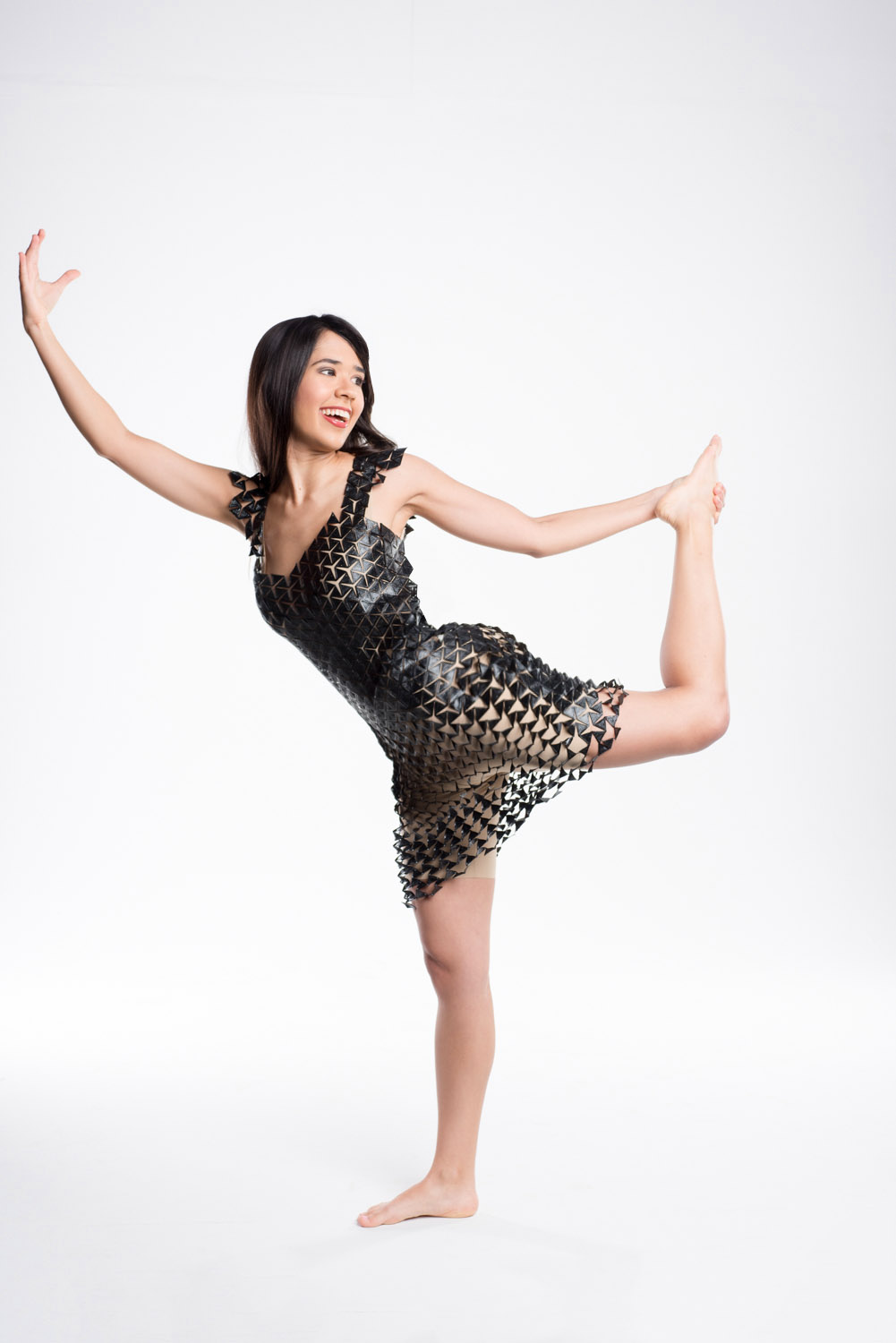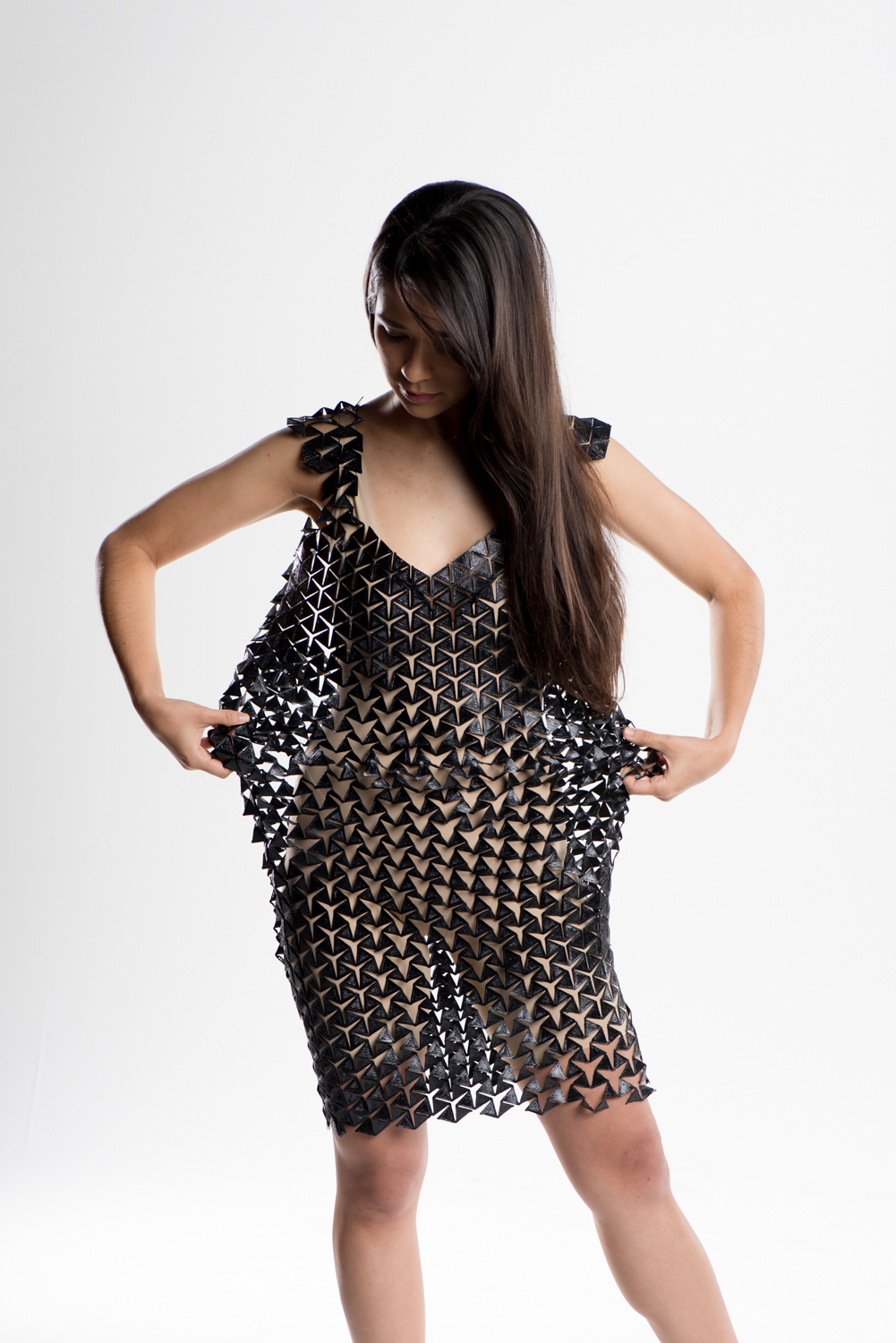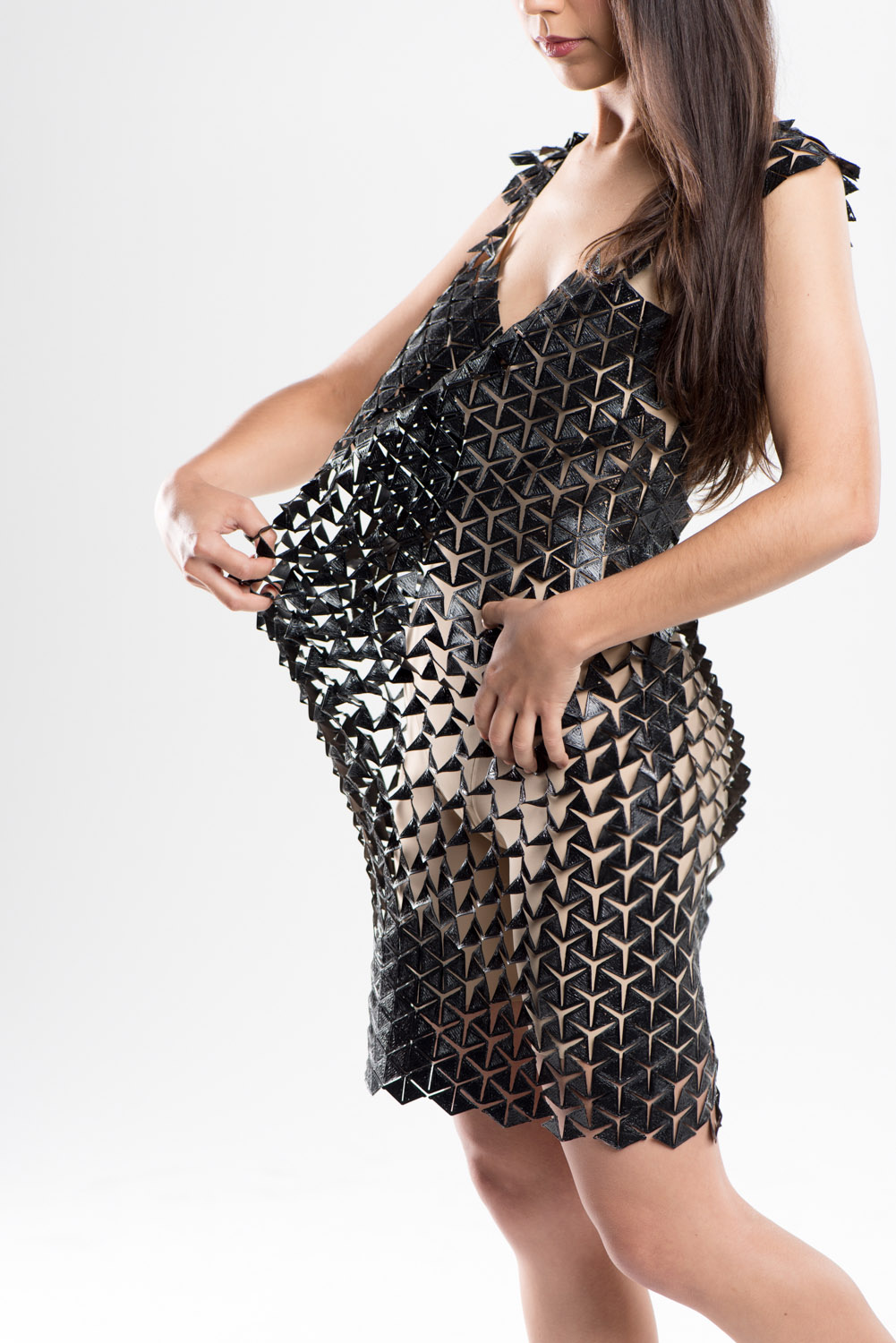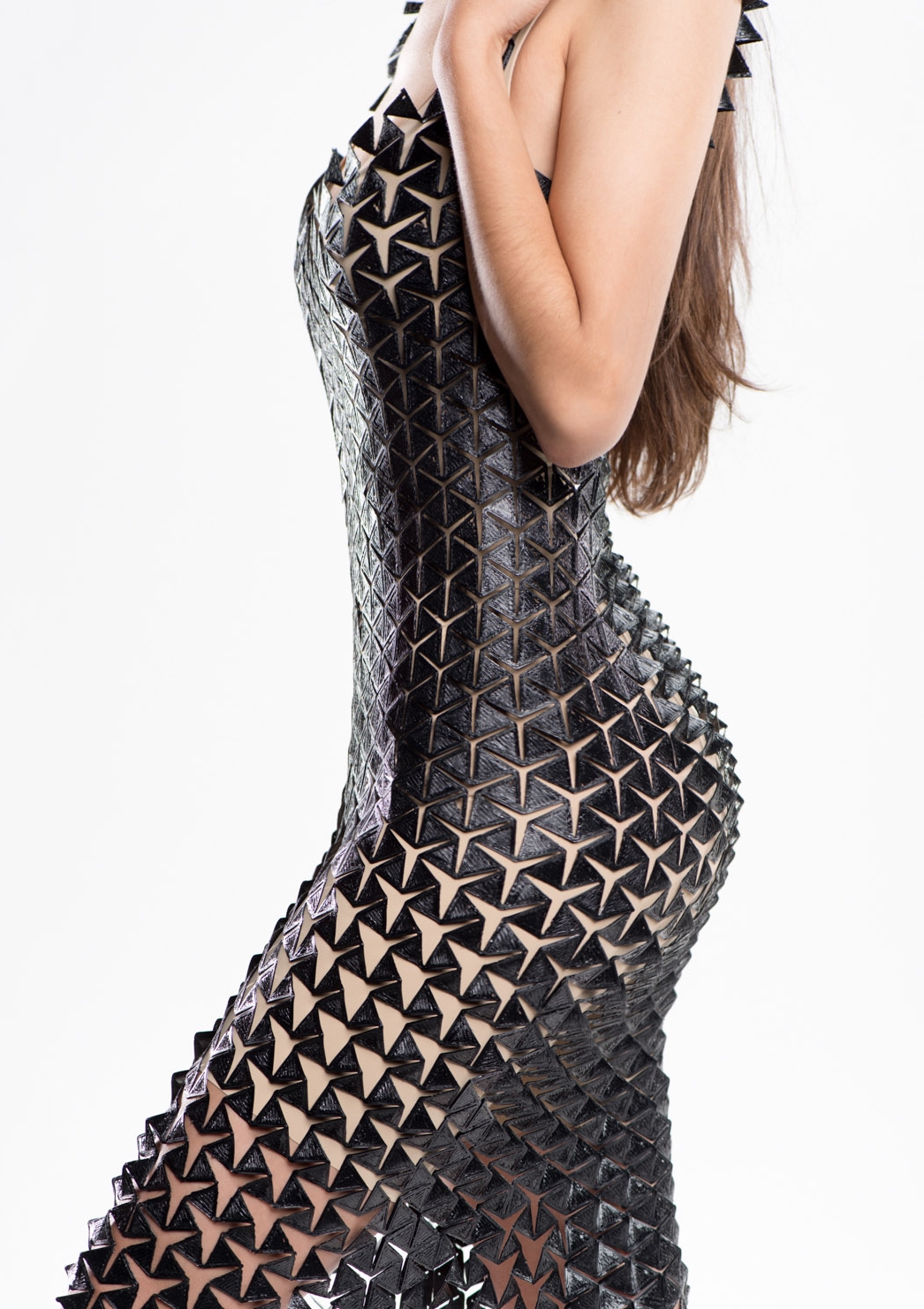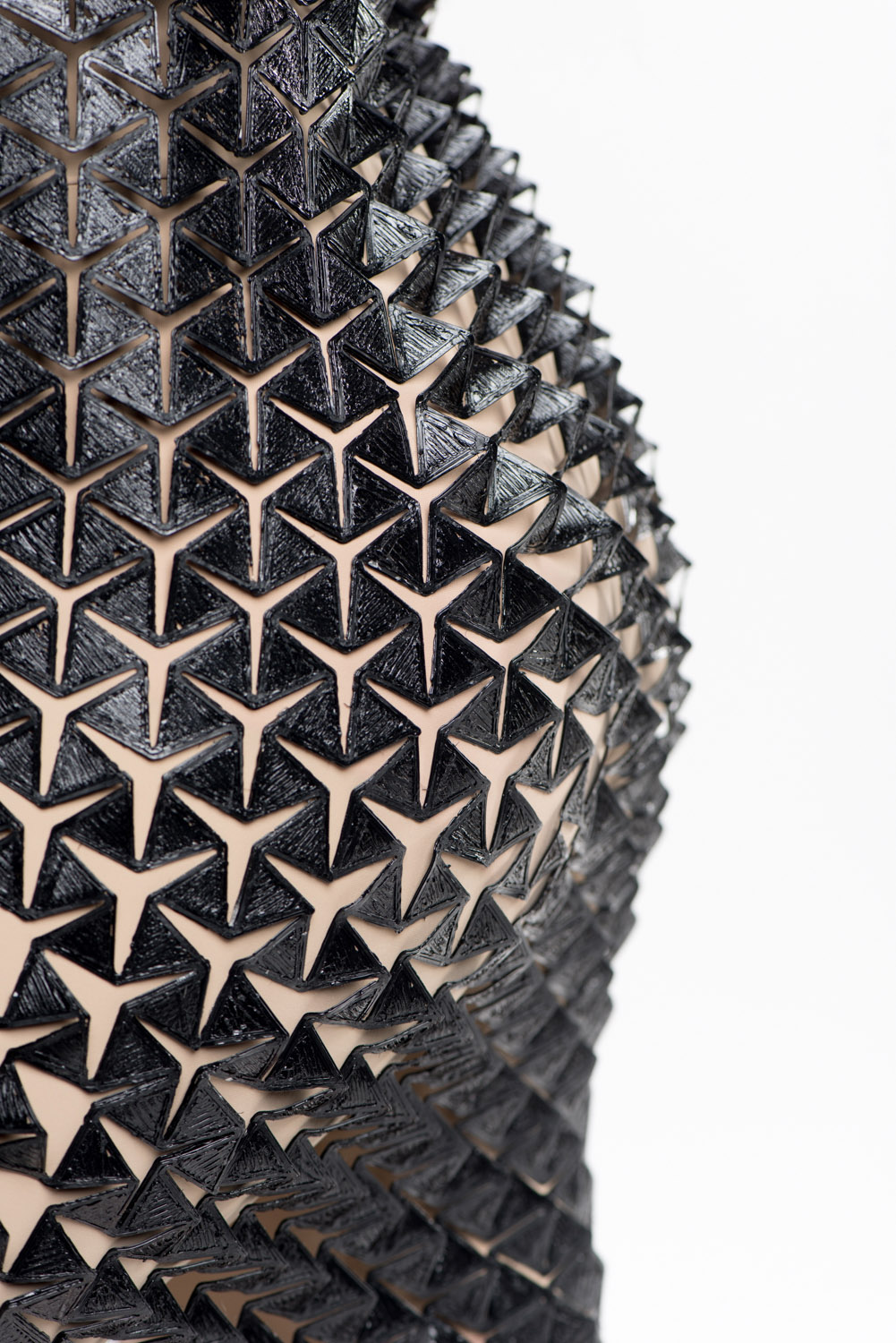LOOM
3D Printed Textiles

Rapid.Tech + FabCon 3.D | Erfurt, Germany
UNDERSTAND
THE PROBLEM
With the current developments we are experiencing in this technology there are a large number of opportunities to create amazing new products and materials. Since we are currently unable to 3D print fabrics, I decided to team up with Cosine Additive and focus my thesis on designing flexible, adaptable, fashionable patterns. The intent was to explore the possibilities of creating wearable ‘textiles’ with functional structures designed with anatomy, movement, and utility in mind. Within the fashion industry, additive manufacturing primarily focuses on accessories and conceptual sculptural pieces. However, these are not functional garments that adapt comfortably to the body and human movement.
I believe that 3D printing is the future of fashion and through this exploratory project, I hope that I may contribute to its development.
DESIGNER:
MARIA ALEJANDRA MORA-SANCHEZ
INSPIRATION
WAYUU
SPRING 2019 COLLECTION
EXPLORATION OF 3D PRINTED FABRICS
INSPIRED BY THE TRADITIONAL WAYUU TEXTILES

MARACAIBO, VENEZUELA
The WAYUU tribe is an indigenous community of the Guajira Peninsula in northern Colombia and northwest Venezuela. They are well known for textiles, crafts, and patterns that are inspired by nature and the tribe's surrounding environment.
EXPLORE
EARLY CONCEPTS
STUDIES - RENDERS - SKETCHES
Mechanical Components & Fabric Weaving
During this stage, I realized that mechanical components were unpractical for wearables and that the functional mechanisms must be incorporated within the design integrity of the textile pattern.
Maternity
Rapid & drastic body changes
I decided to wear a maternity belly for two weeks to explore pregnancy since women experience rapid and drastic body changes in a short amount of time. The purpose was to understand how regular clothing adapts to body changes and body types under these circumstances.
During these two weeks I discovered that:
Maternity clothing isn't so comfortable or adaptable.
Clothing items are expensive.
Most women choose to adapt their old clothes instead of buying new ones.
Not only do clothing items not last throughout pregnancy, but they also cannot be worn after giving birth.
Mechanical components are uncomfortable to wear, especially while pregnant.
AUXETIC PATTERNS
THE SOLUTION
The collection explores ready-to-wear auxetic patterns which expand under longitudinal strain and contract when compressed.
This behavior provides the swatches with various beneficial effects, unseen within the current swatches in the market.
Their added value lies in form, function, and the geometric arrangements of the patterns.
THERMOPLASTIC POLYURETHANE (TPU)
THE MATERIAL

TPU FILAMENT
BENEFITS
AUxetic patterns
Increased shear modulus.
Improved indentation resistance.
Enhanced plane strain fracture toughness.
Improved energy absorption properties.
Enable porosity/permeability variation with strain.
Ability to form synclastic curvatures.
Thermoplastic polyurethane
Low-temperature performance.
High shear strength.
High elasticity (500% elongation).
Oil and grease resistance.
High abrasion resistance.
FFF VS SLS PRINTING

IDEATE
Textile pattern renders and auxetic behavior
adapts to any body type and body changes

FASHION COLLECTION
SKETCHES & Compositions
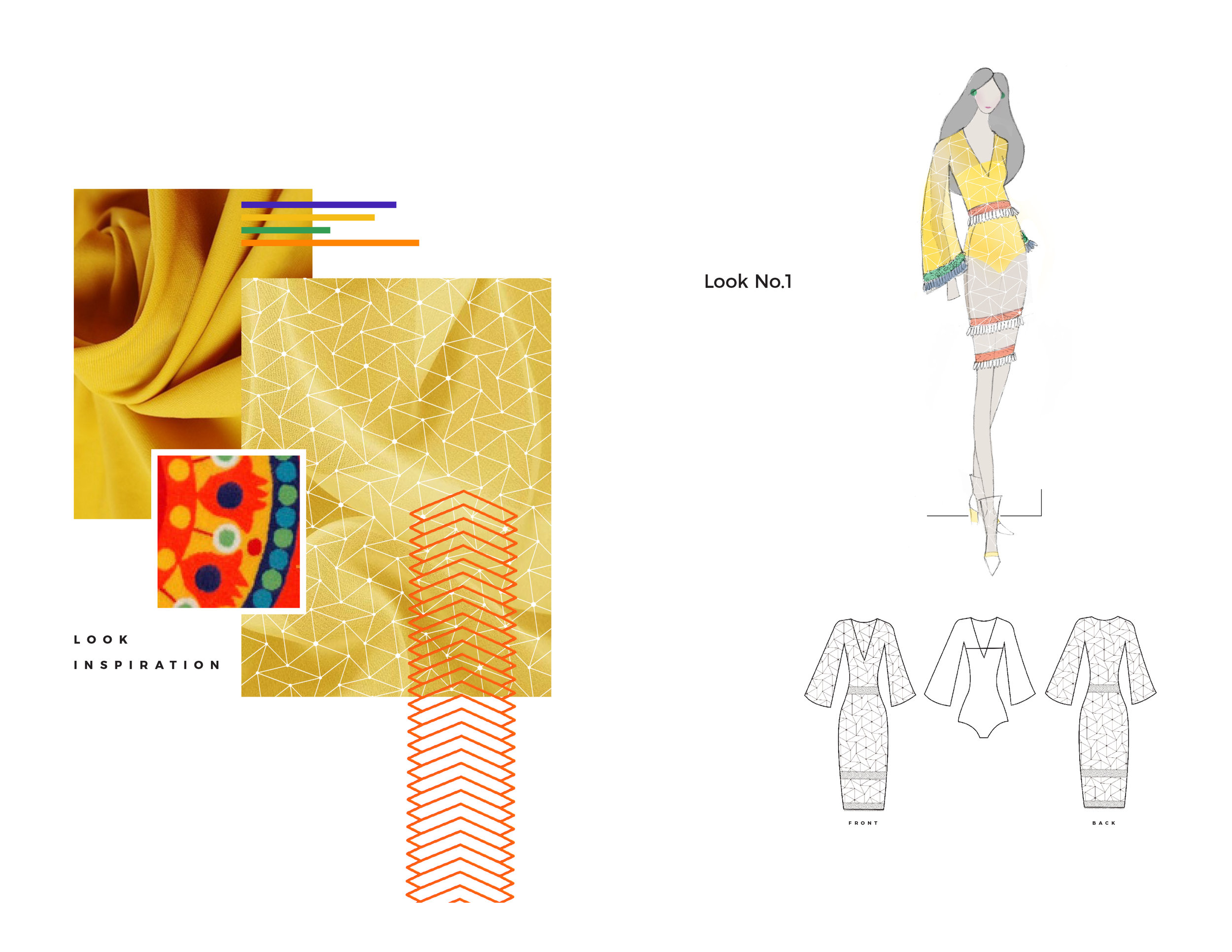
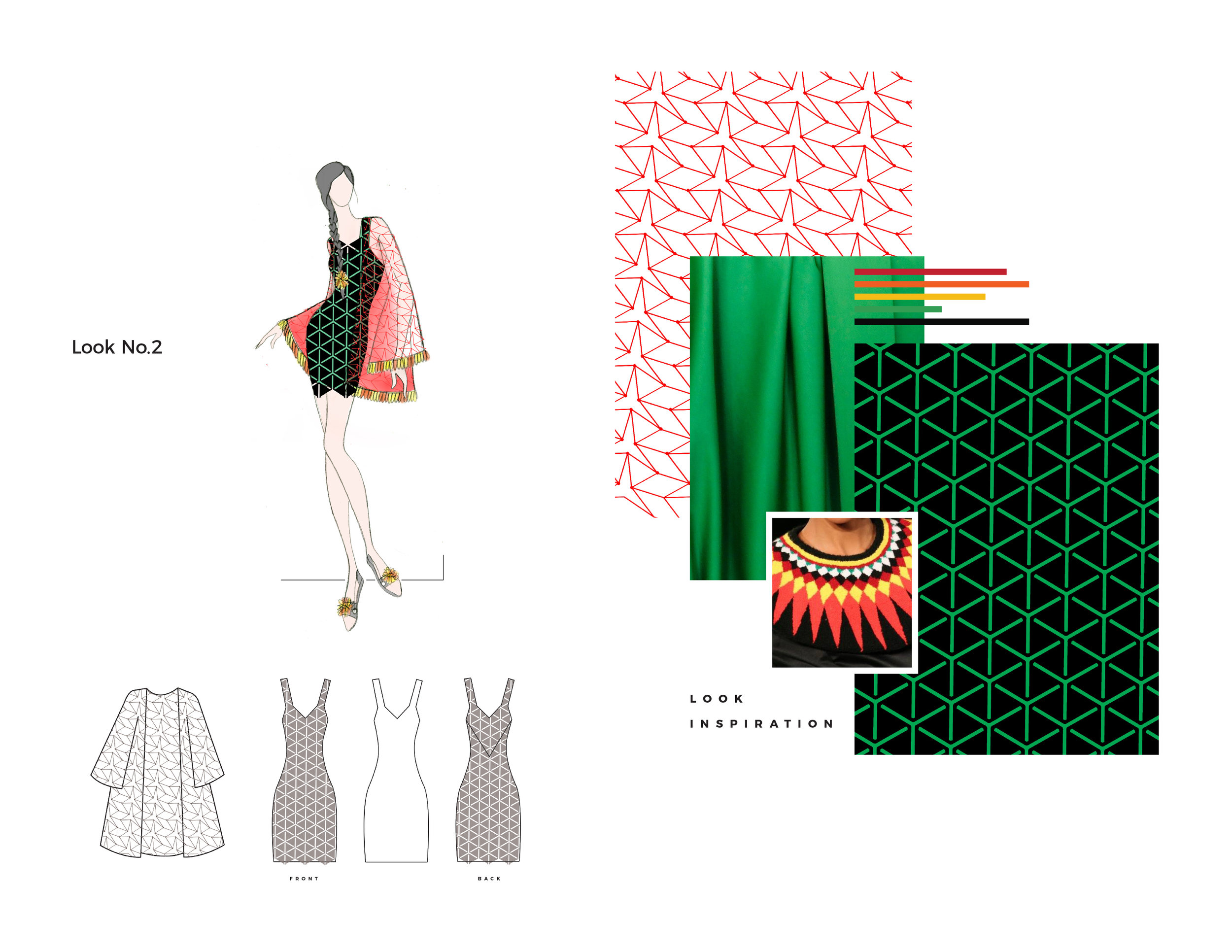

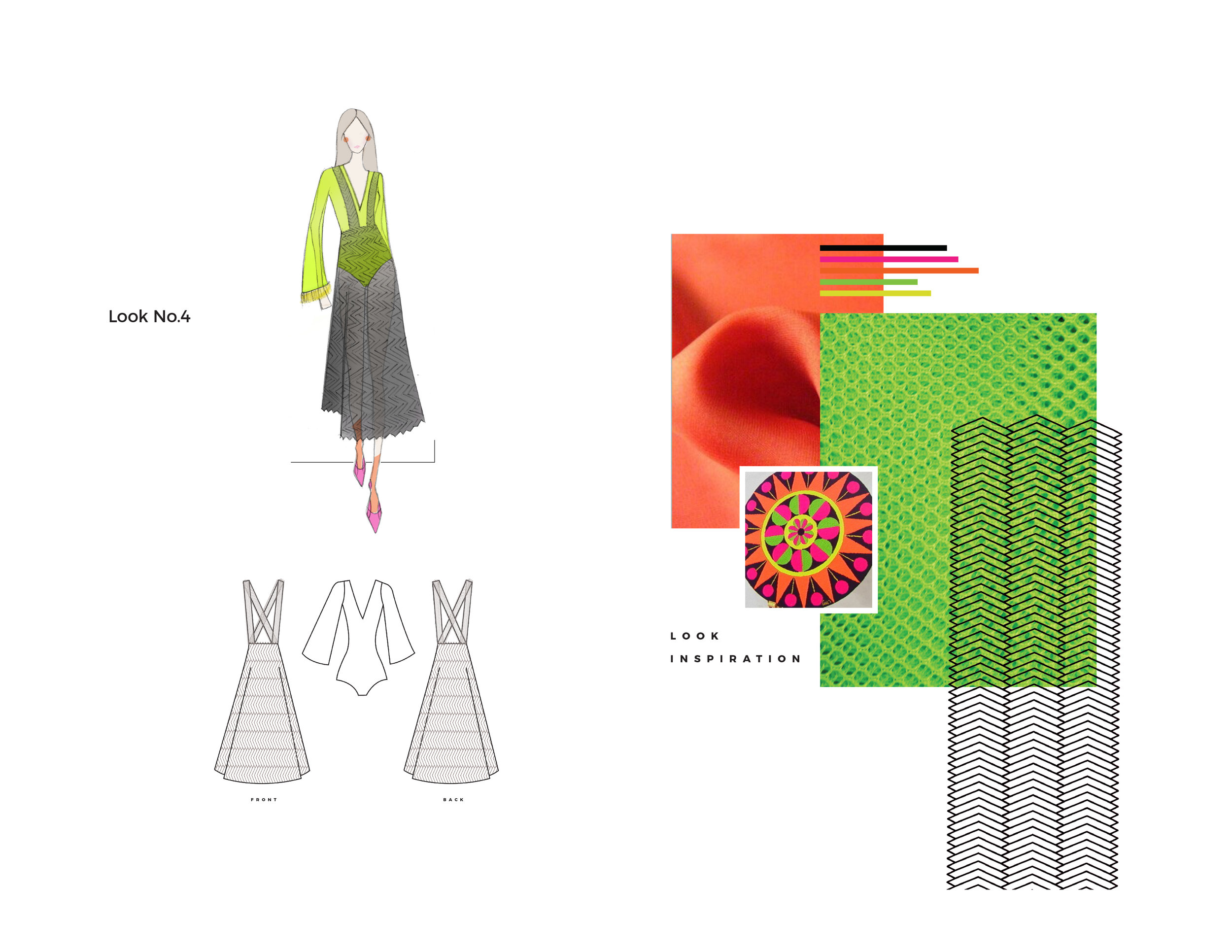
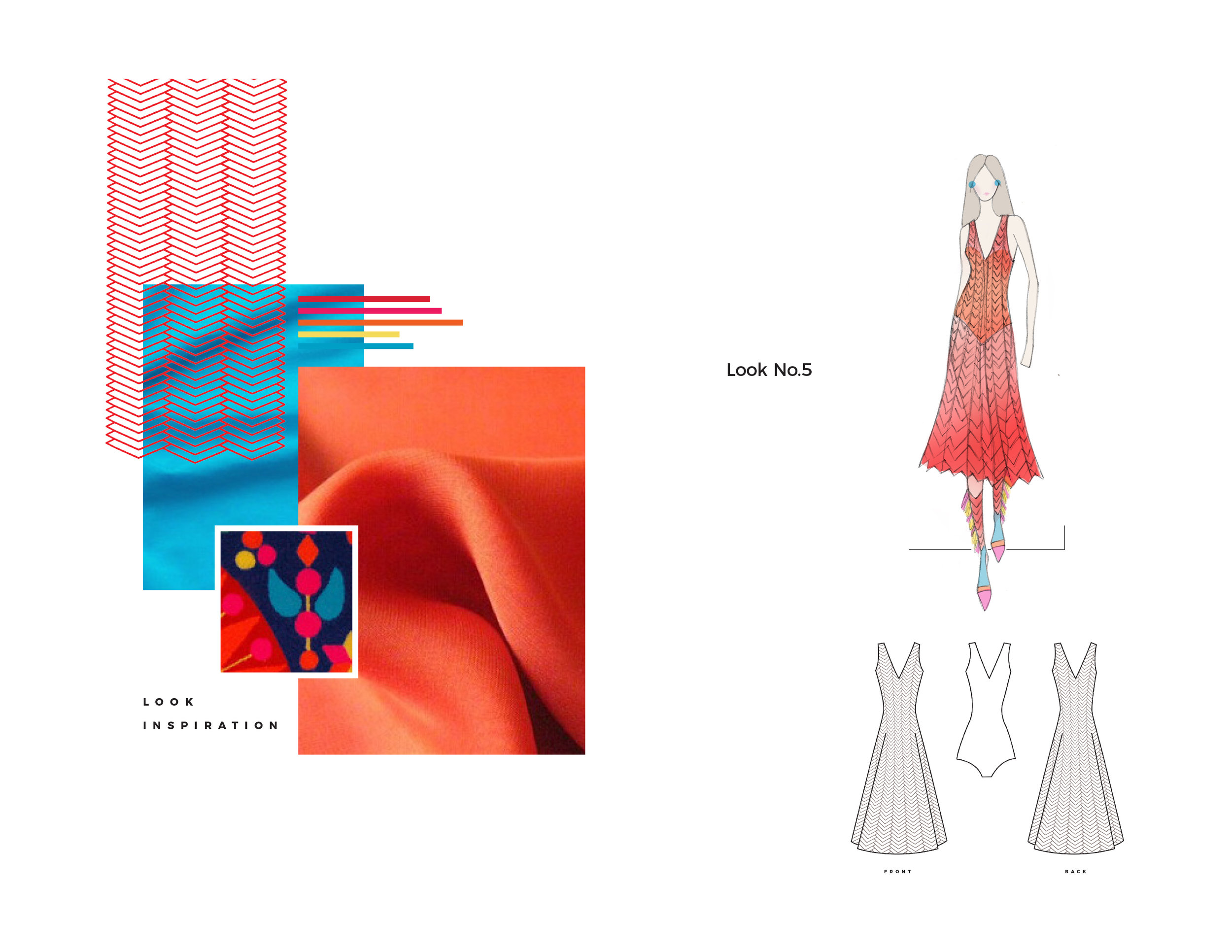
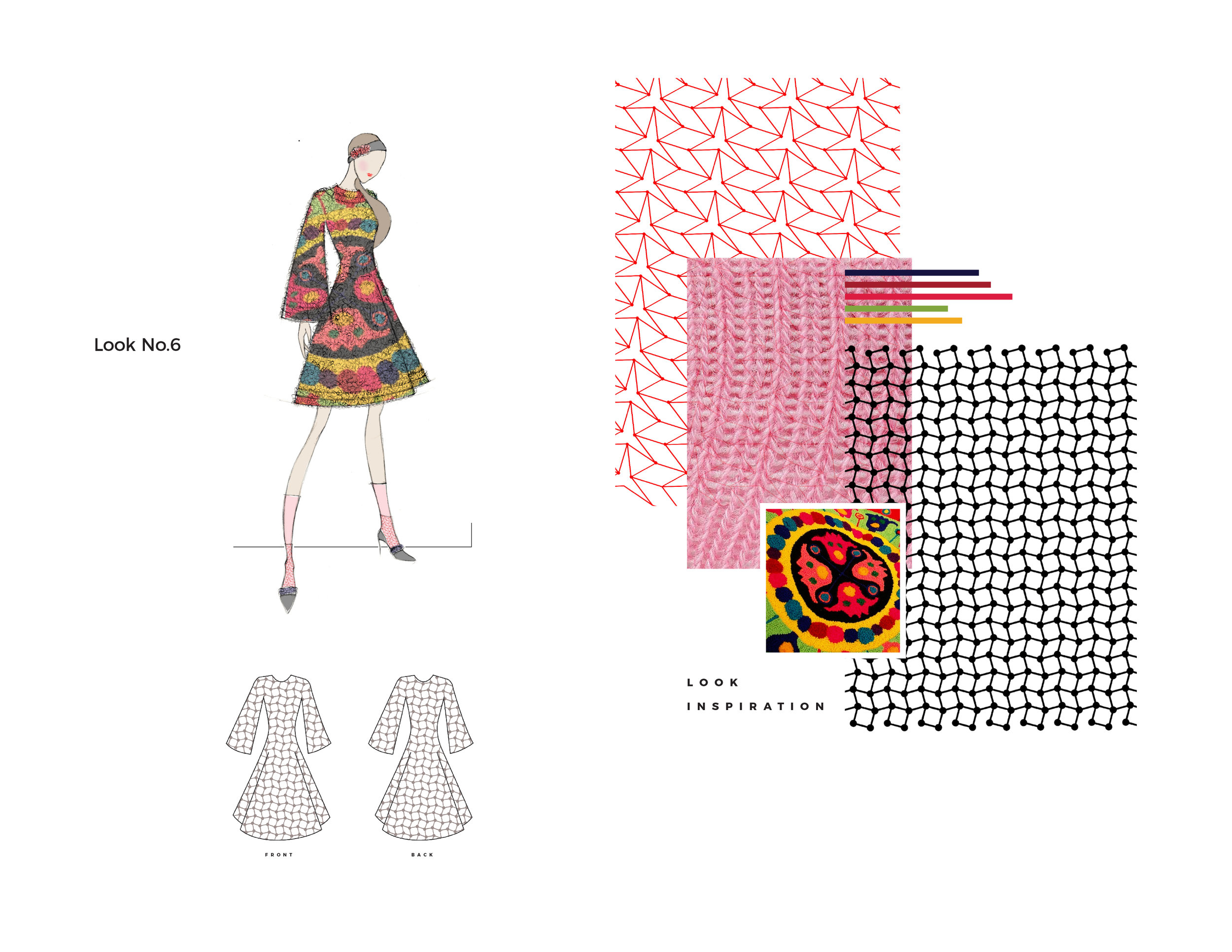
PROTOTYPE
MATERIAL TESTING
Nylon - Ninja Flex - TPU
I tested different materials to see how the patterns behaved and then attempted to print the patterns on stretchy fabric.
Testing took a significant amount of time and effort, but through each failure, I became closer to the final TPU settings.
REFINE
machine setting changes & improvements
EXECUTE
LOOK NO. 2 | PATTERN 6



LOOM
FINAL PROTOTYPE
Loom is an expandable, adaptable, wearable and flexible 3D printed dress. It combines textiles and additive manufacturing by applying materials and auxetic structures that consider function and the human body.

